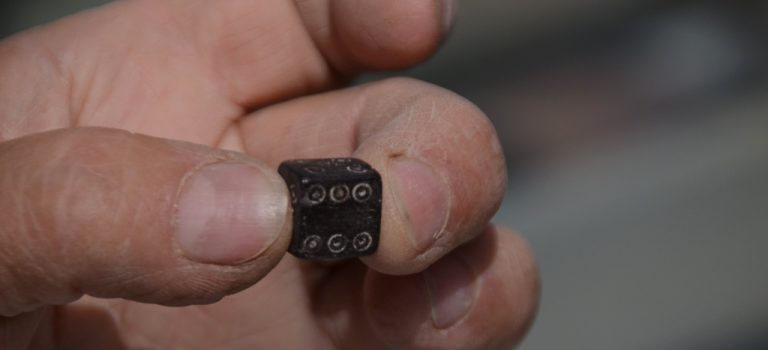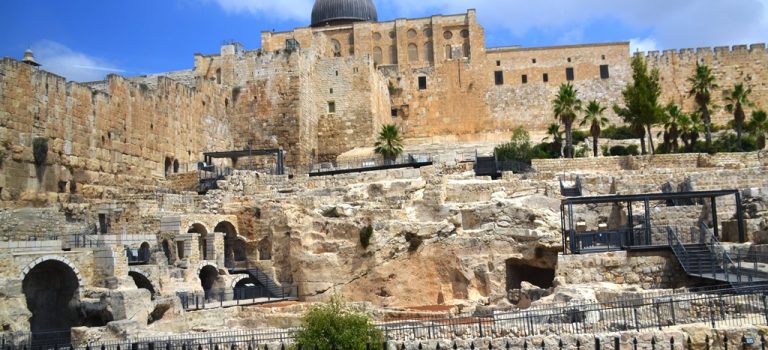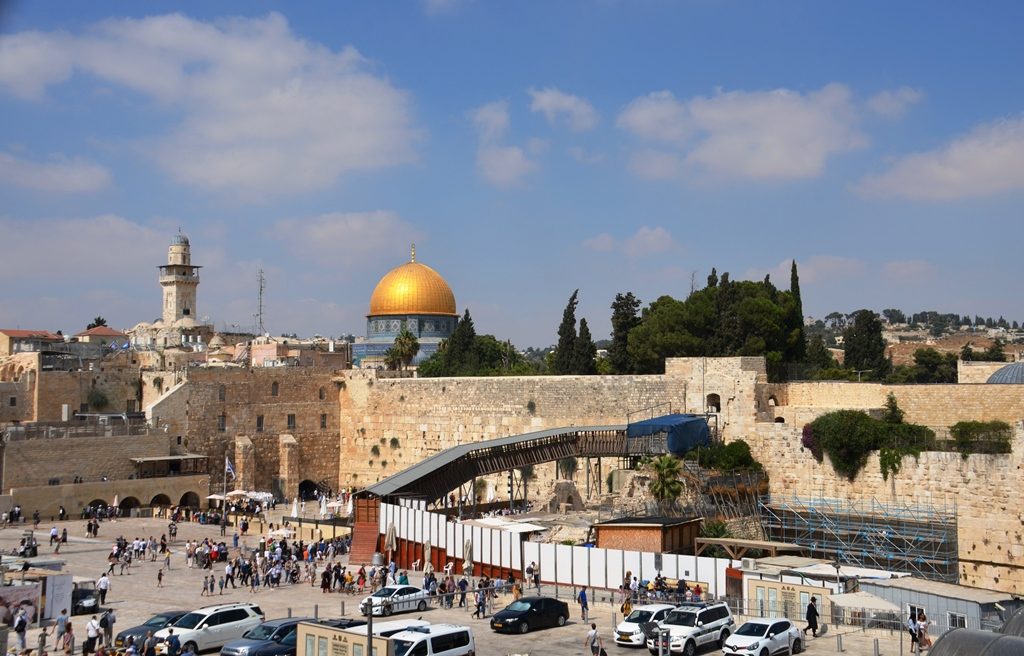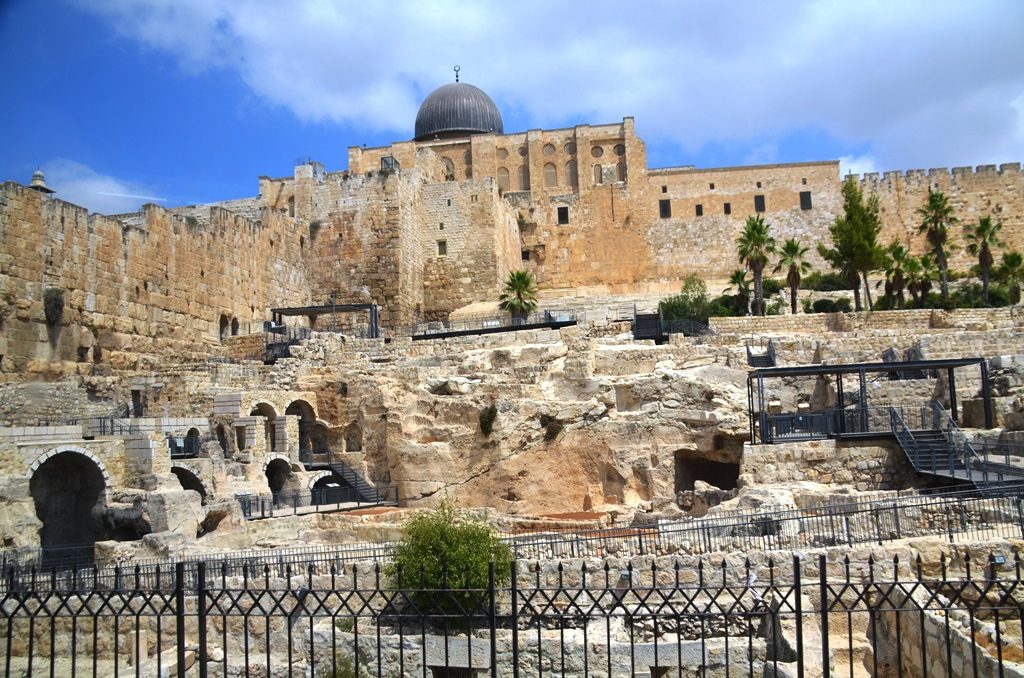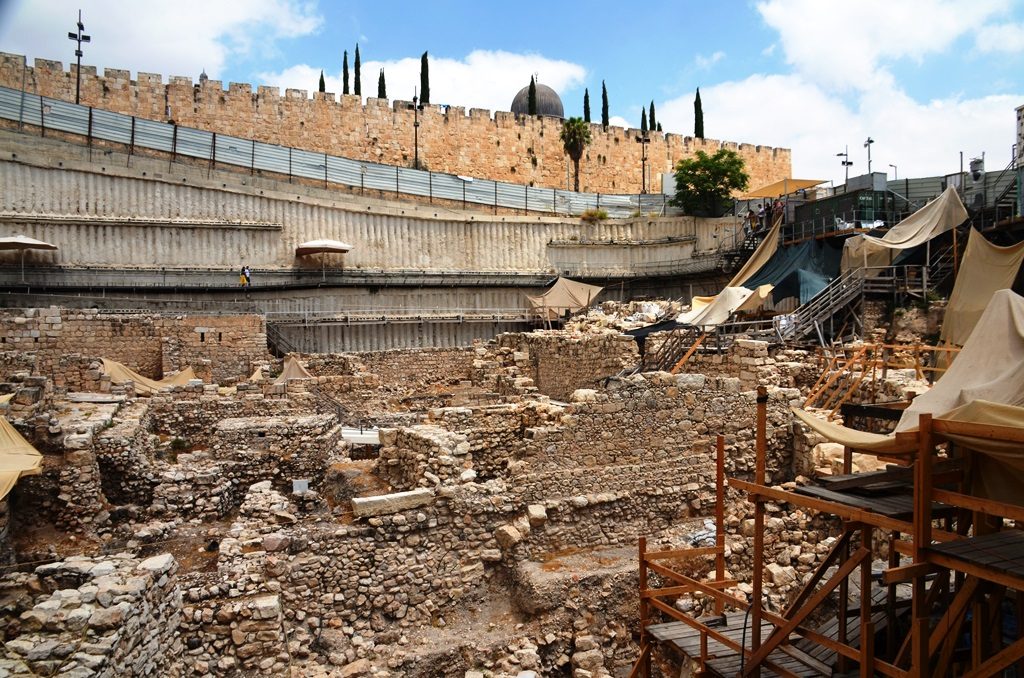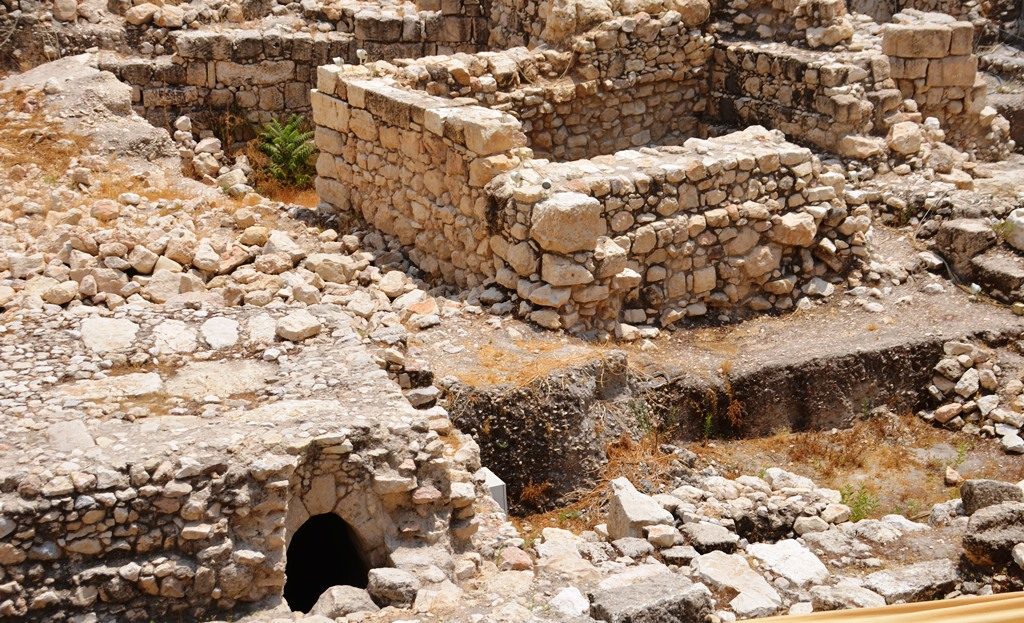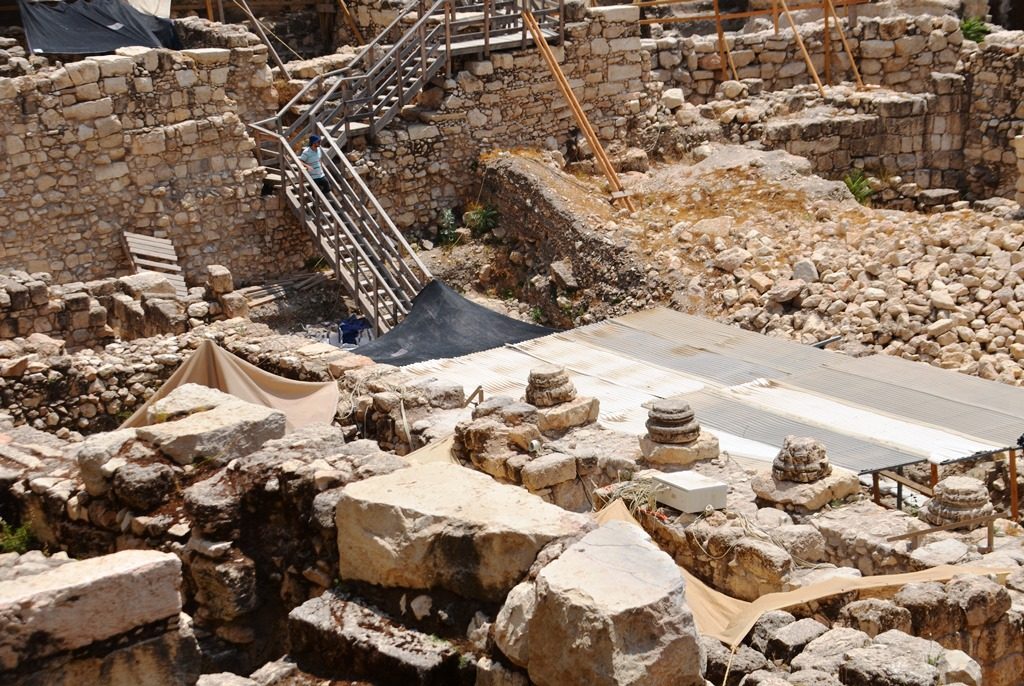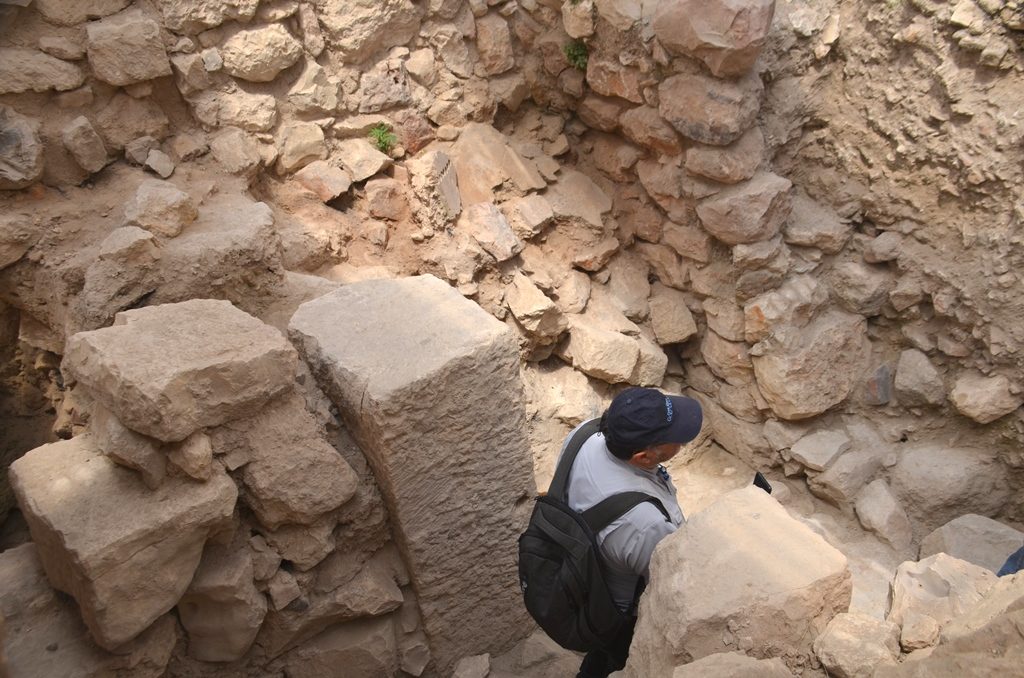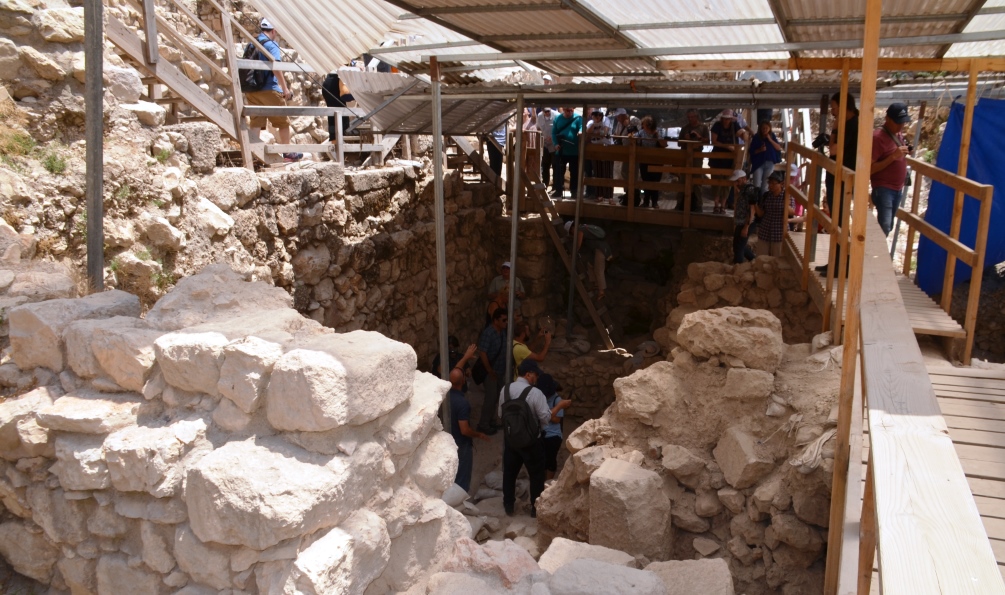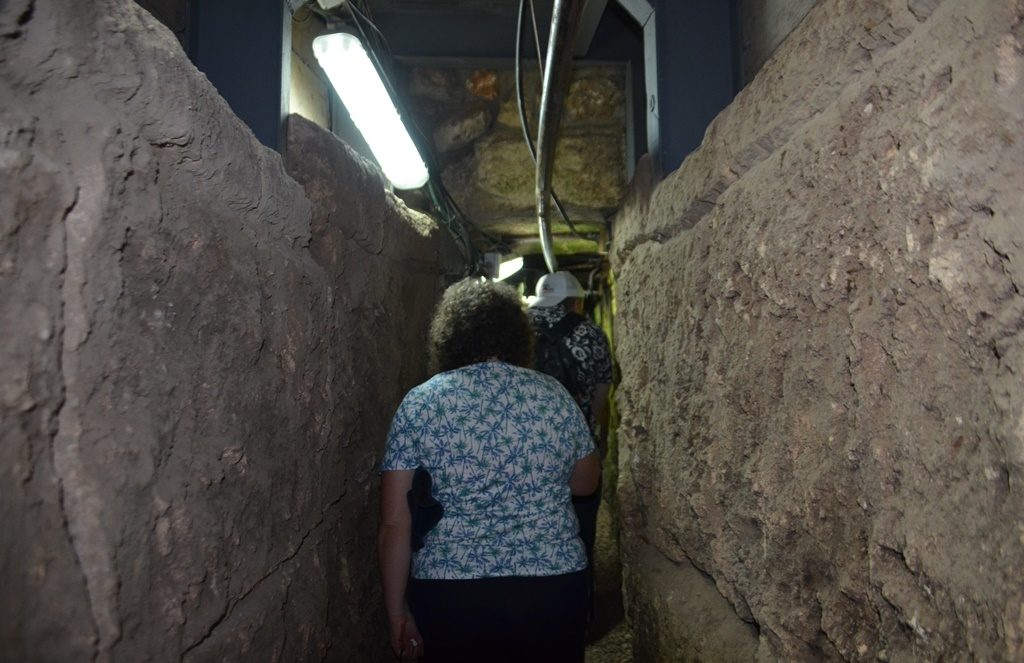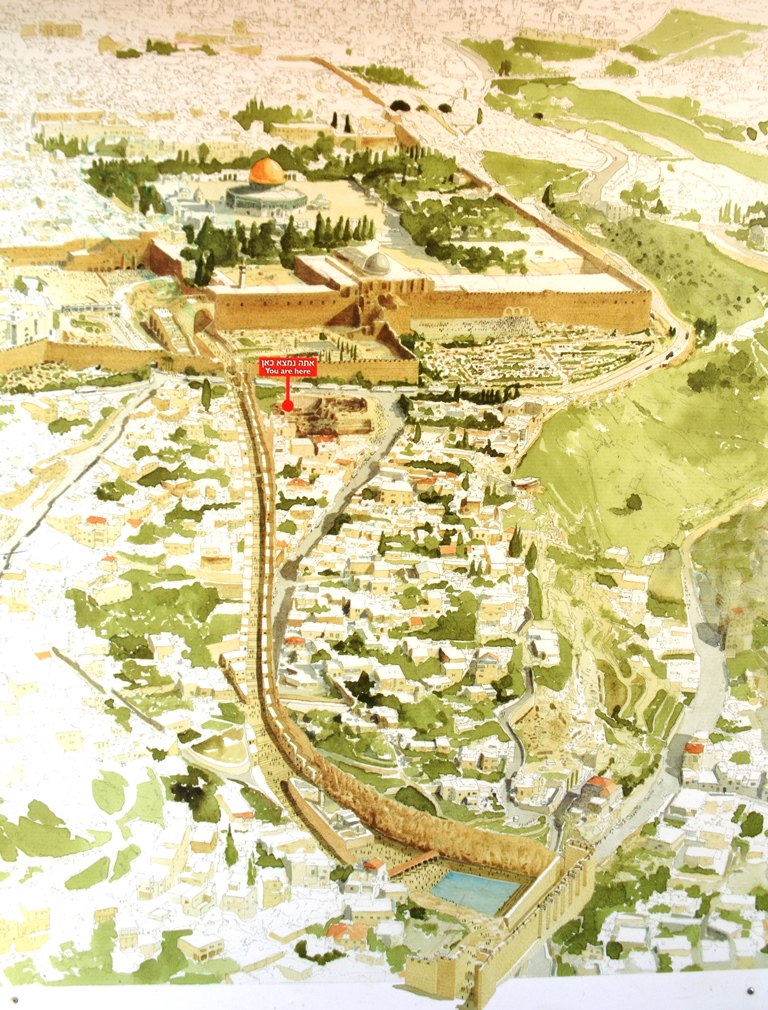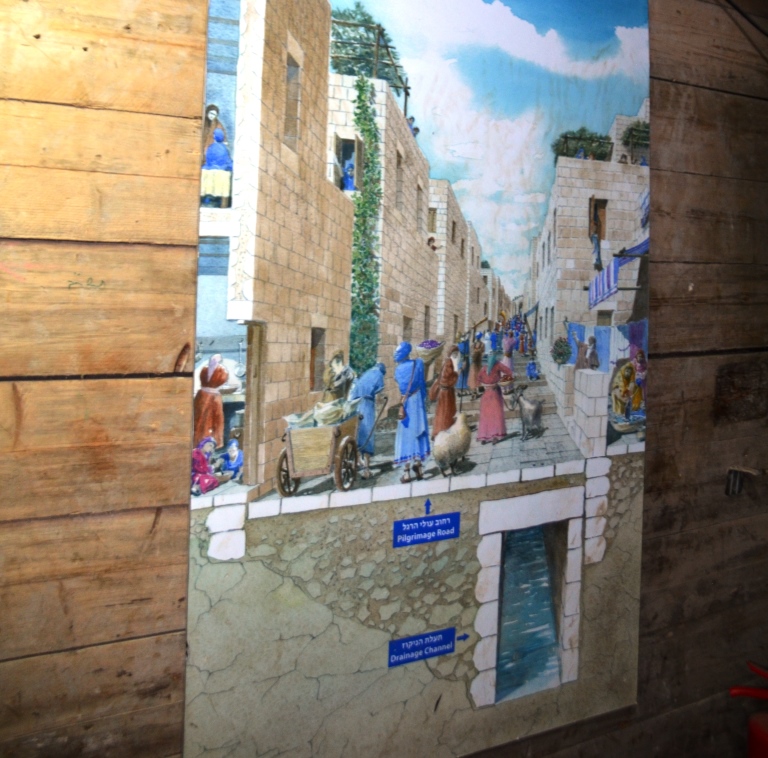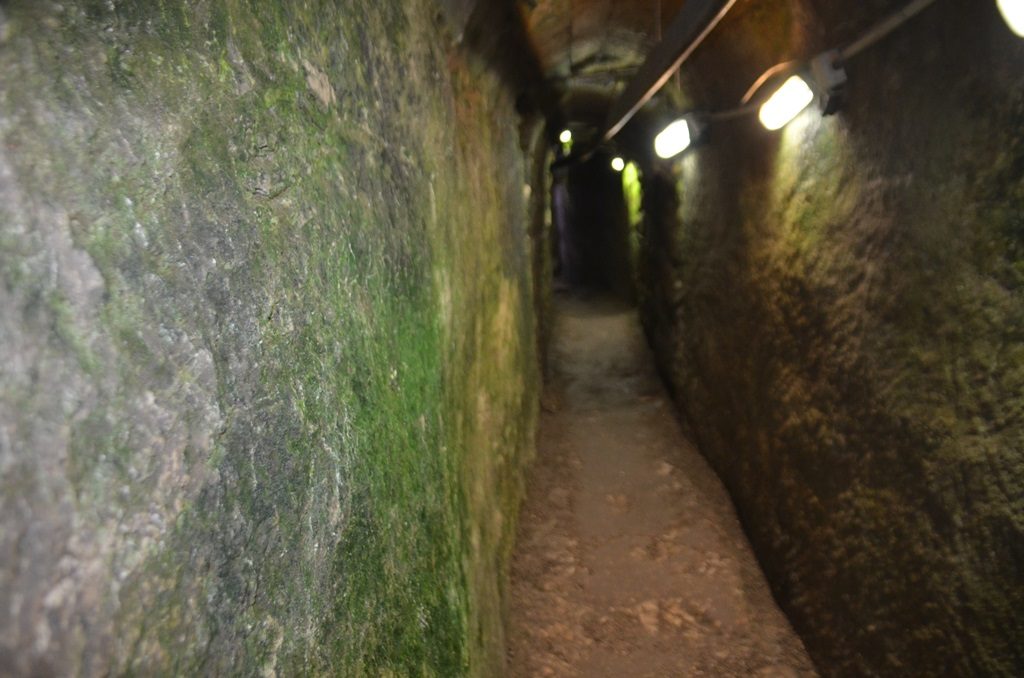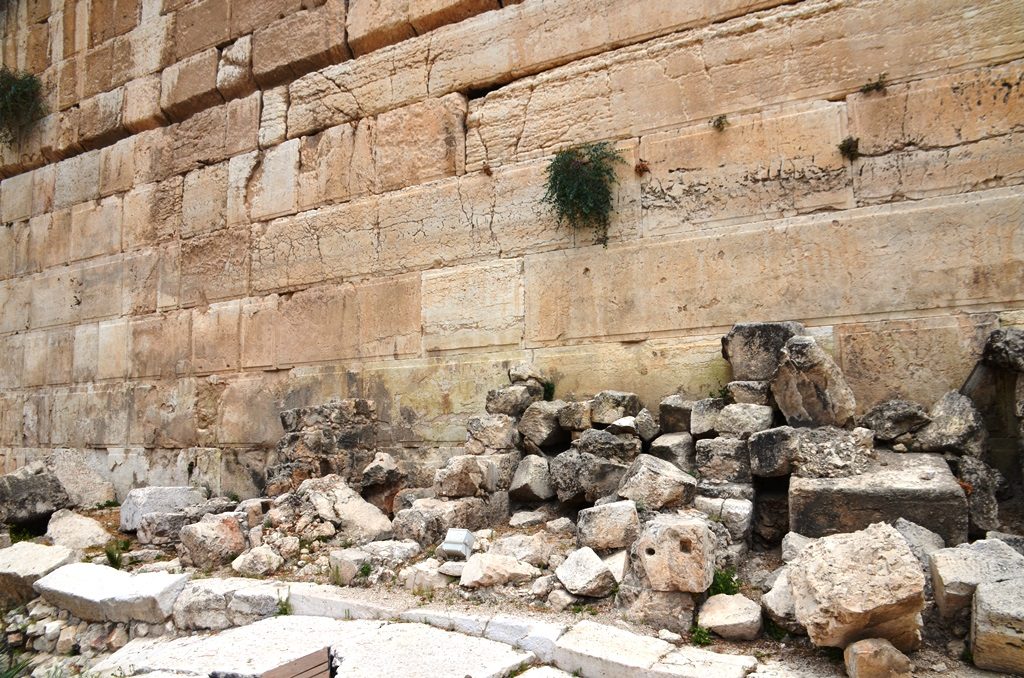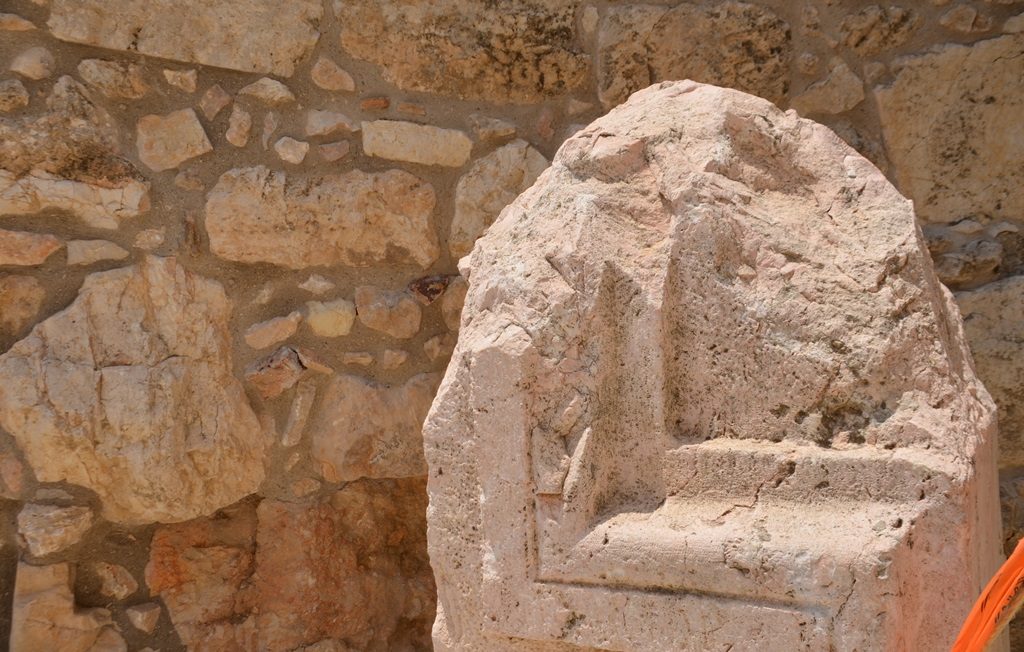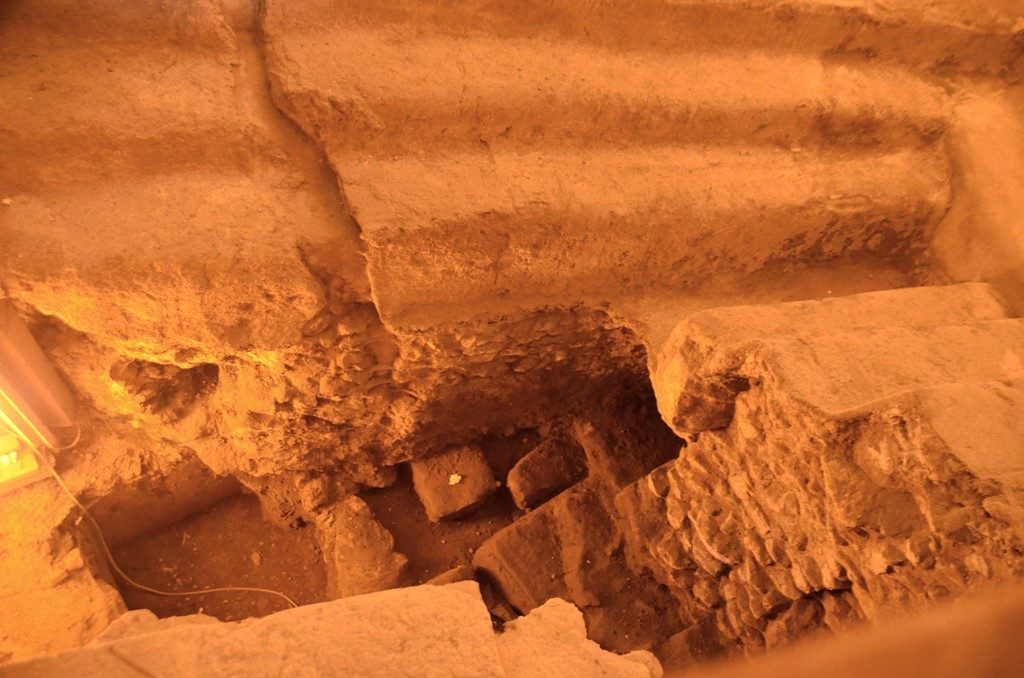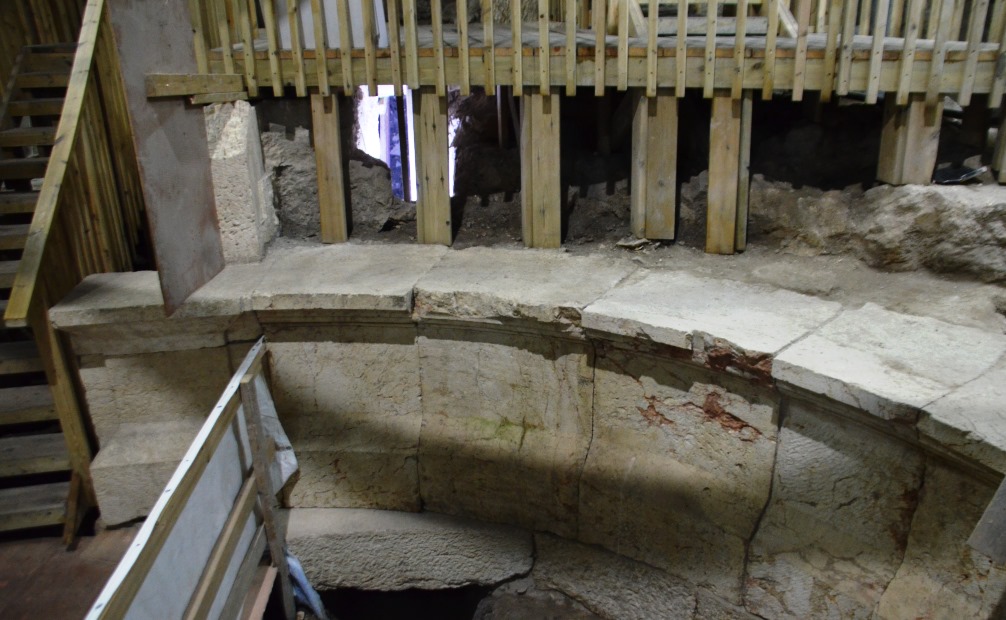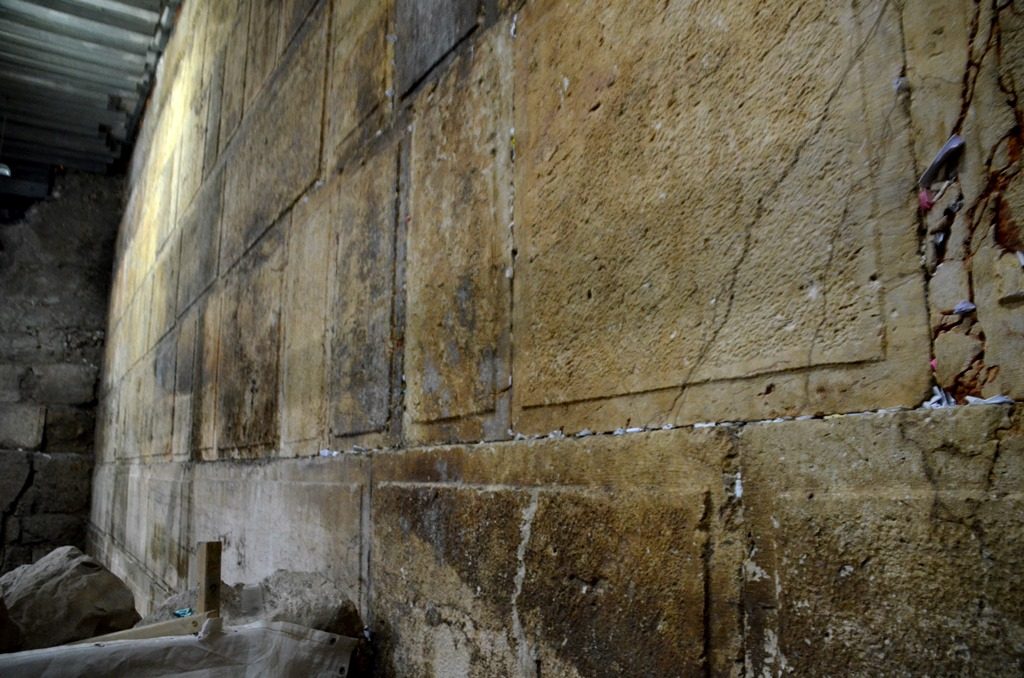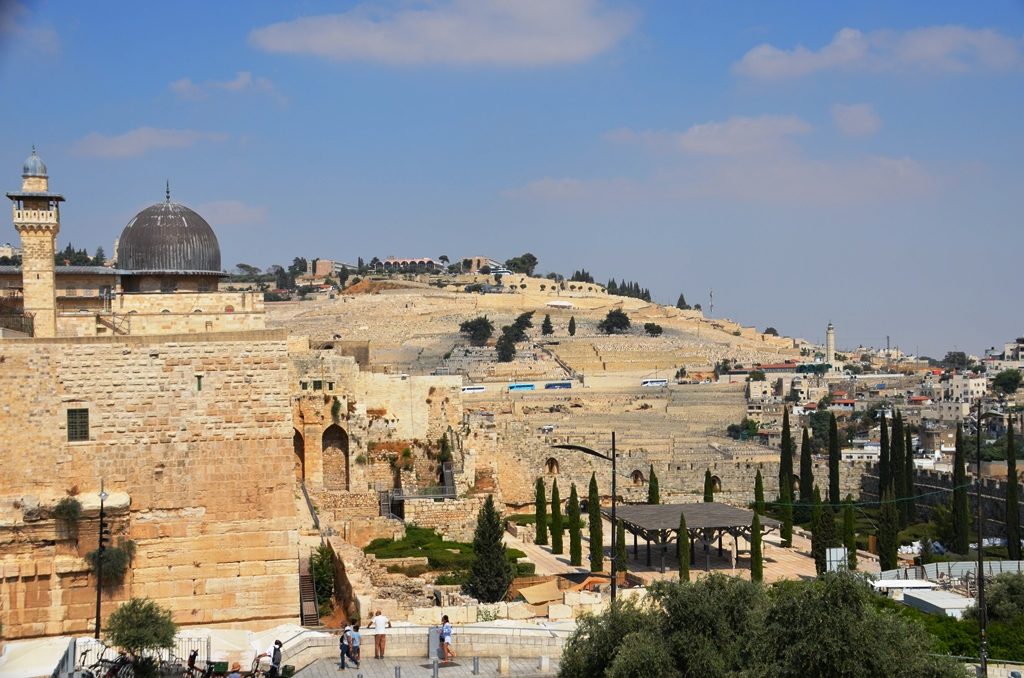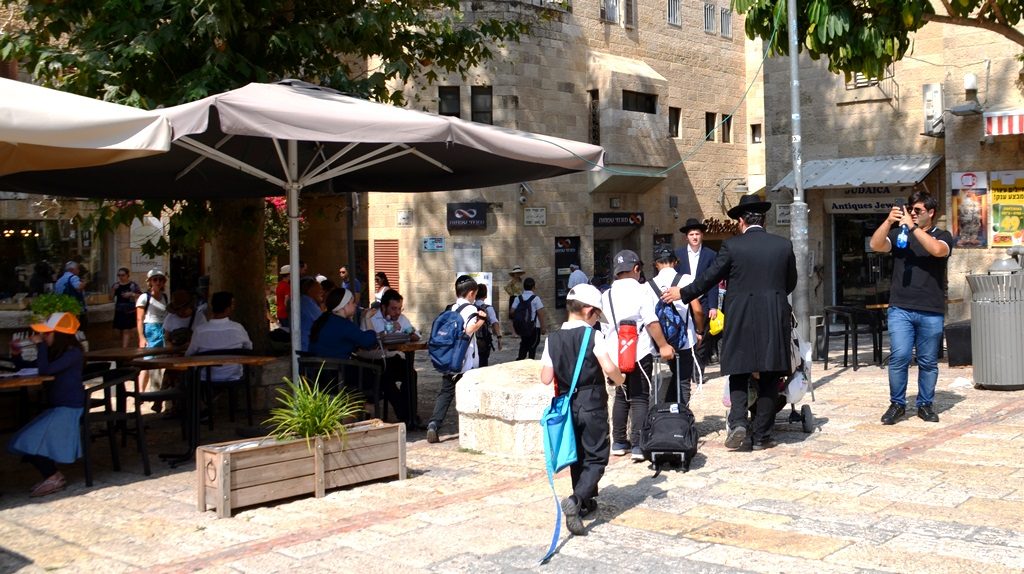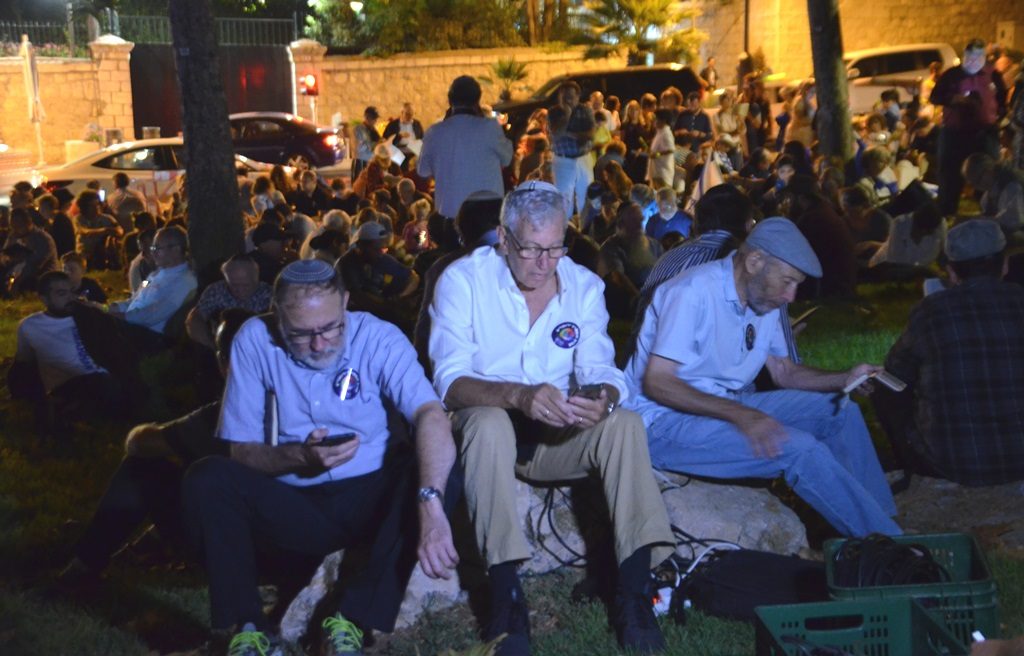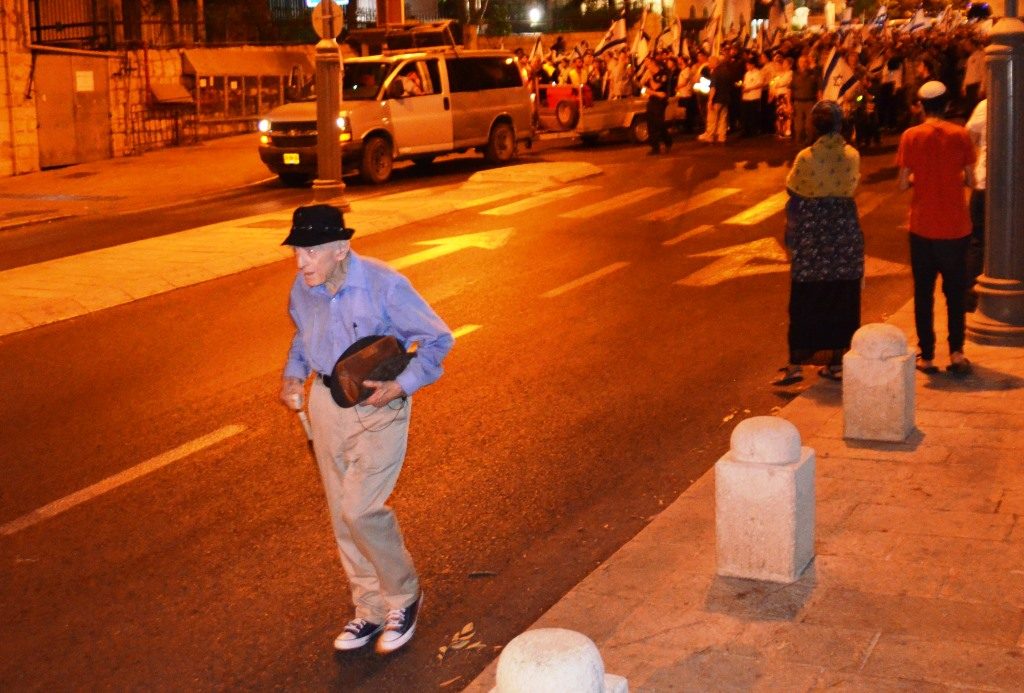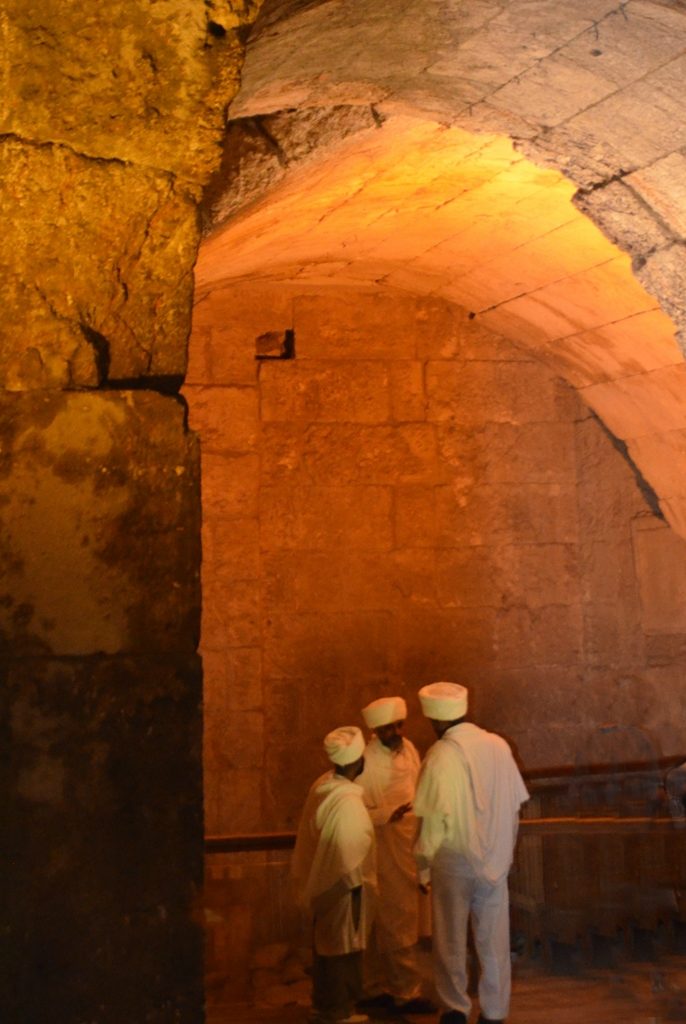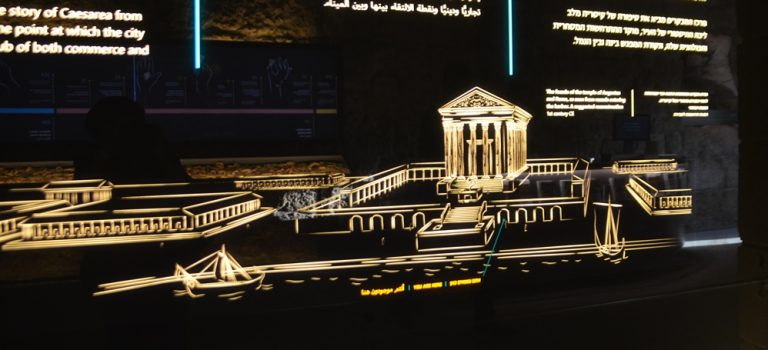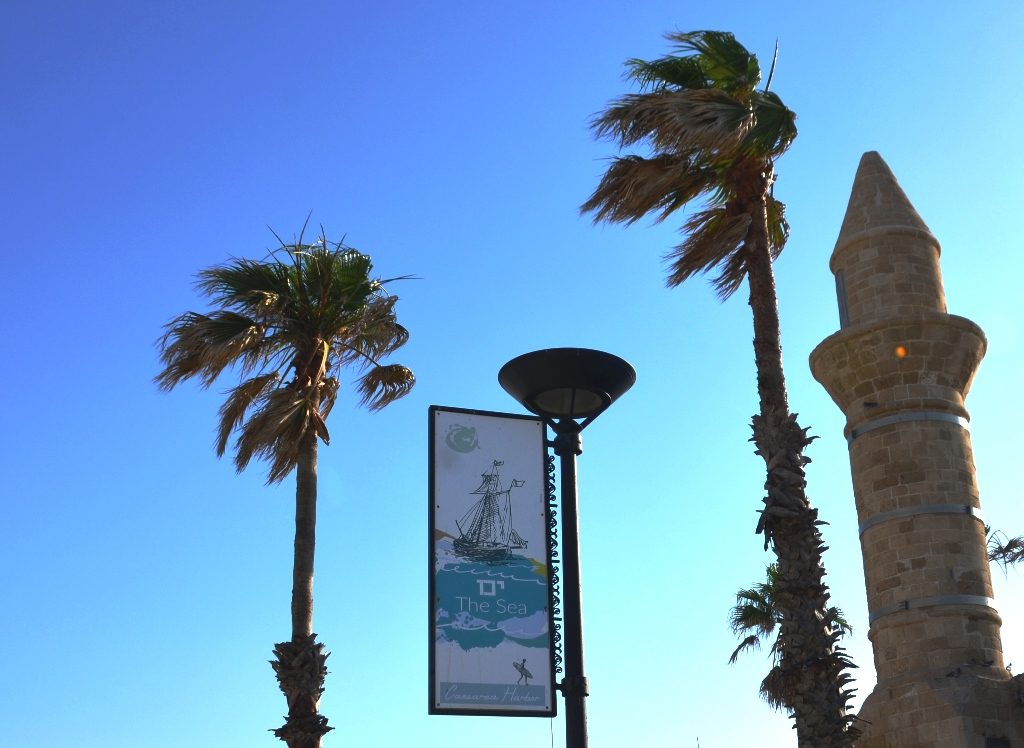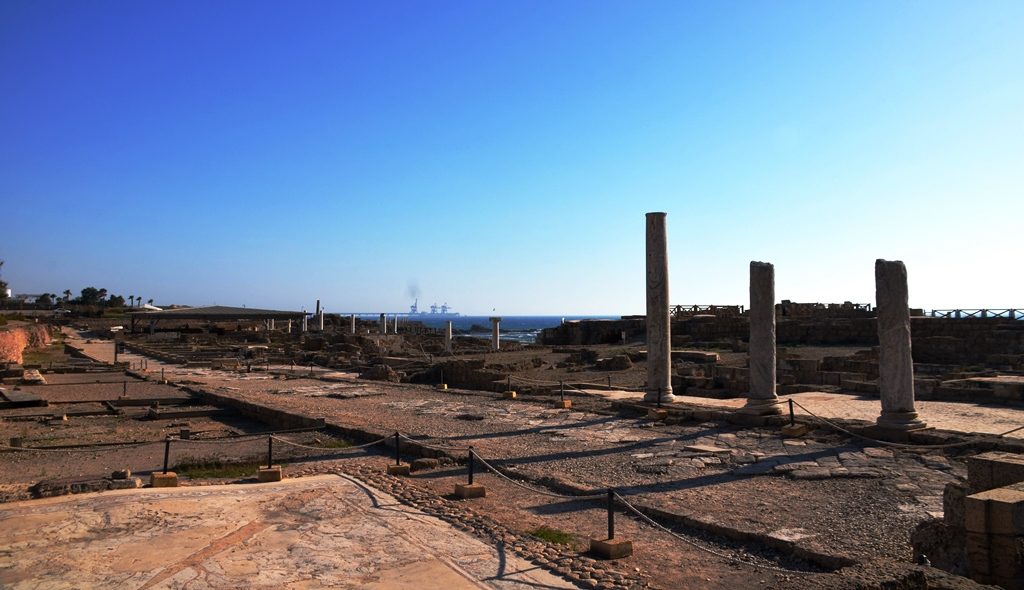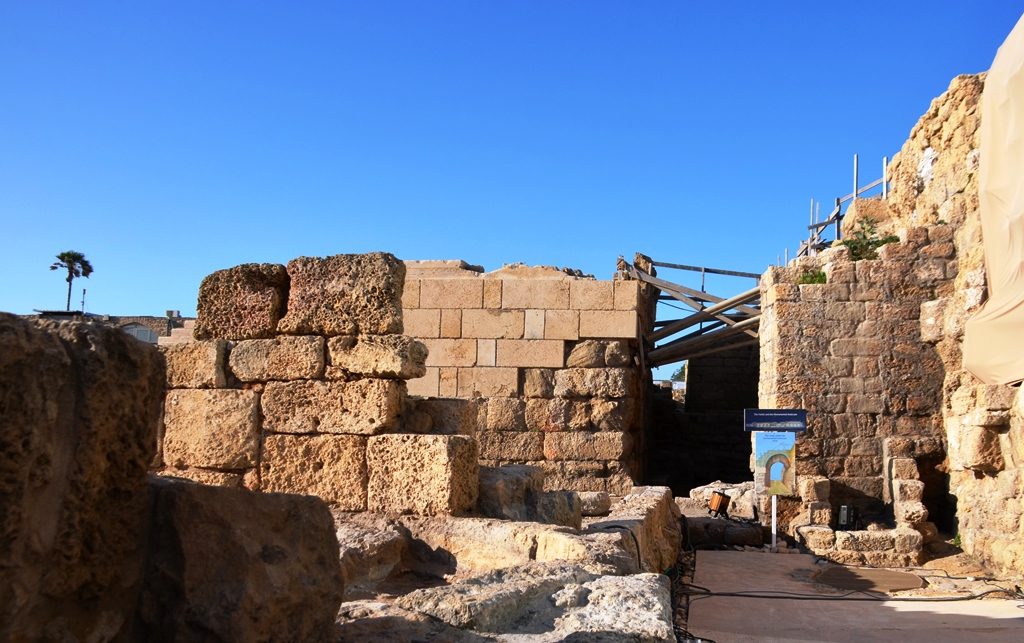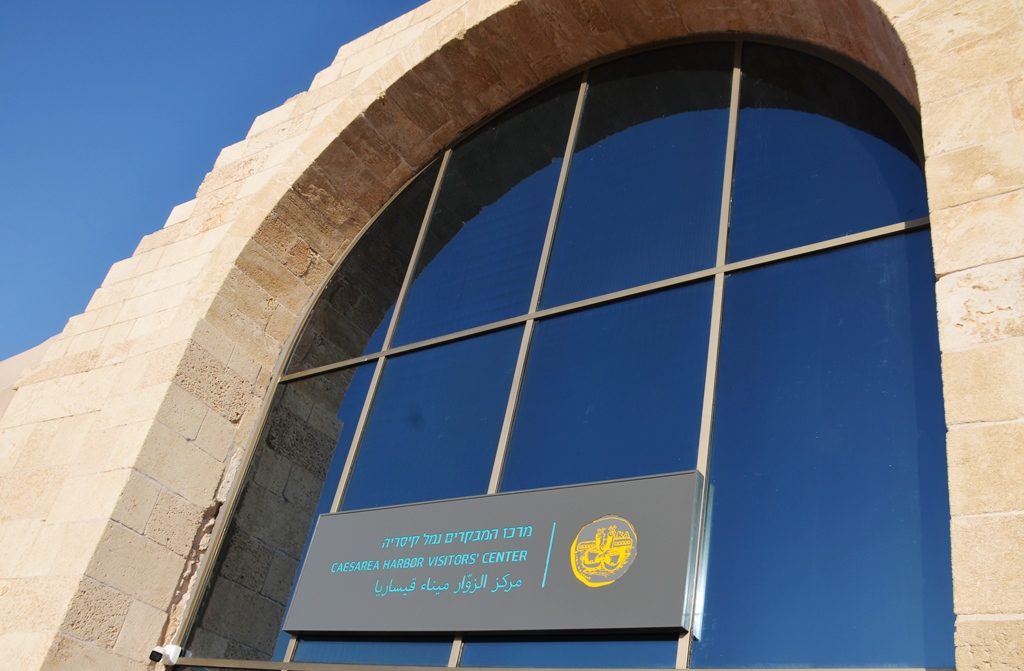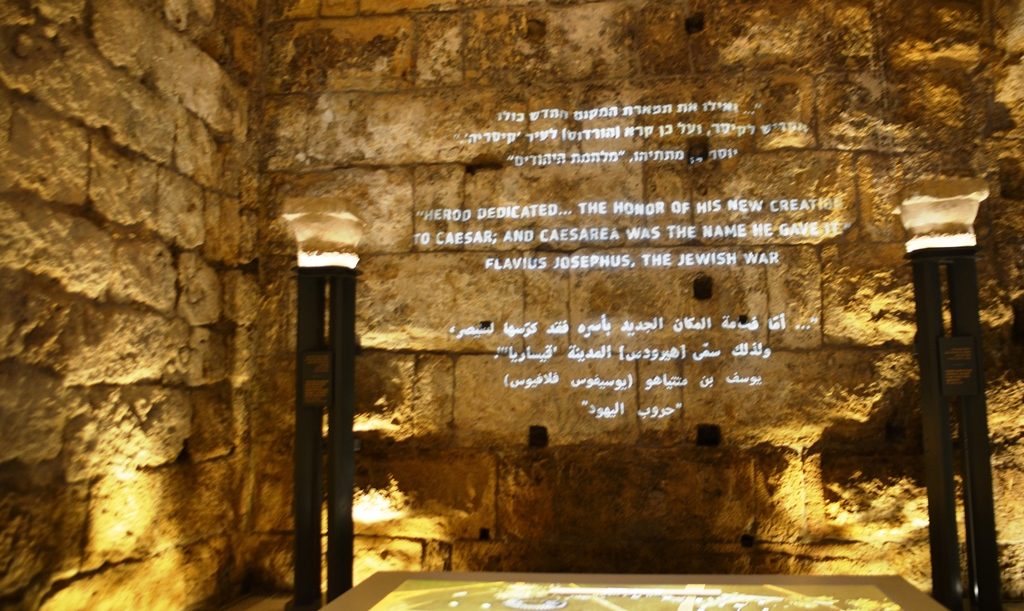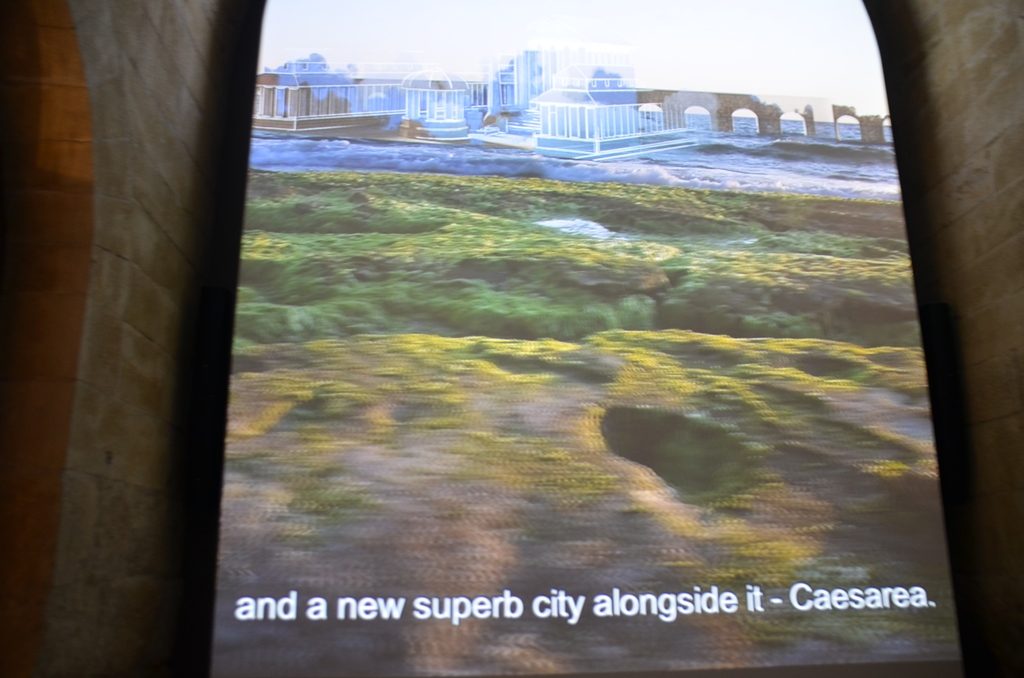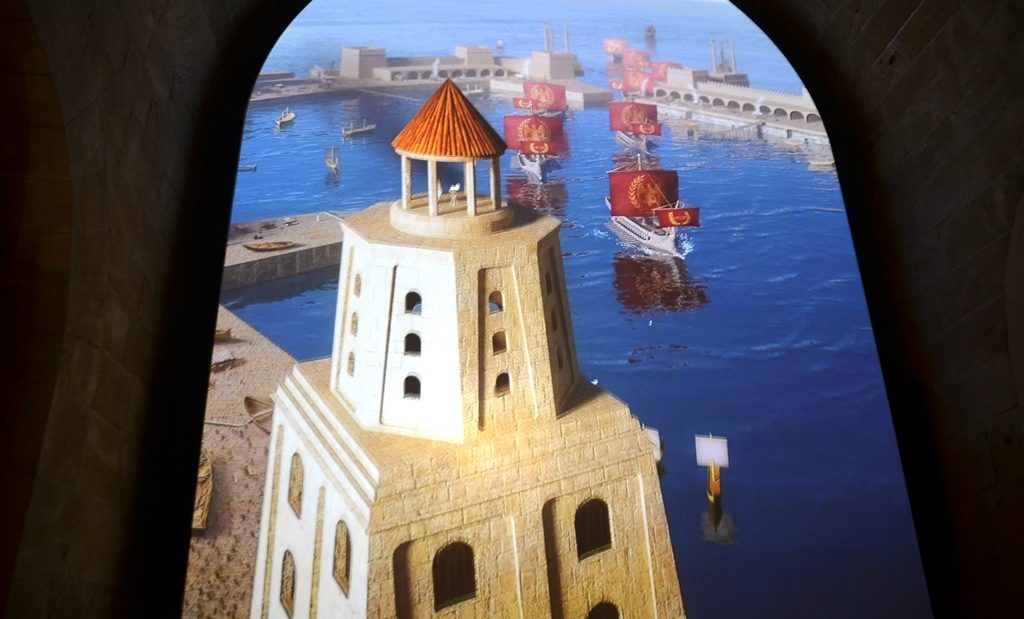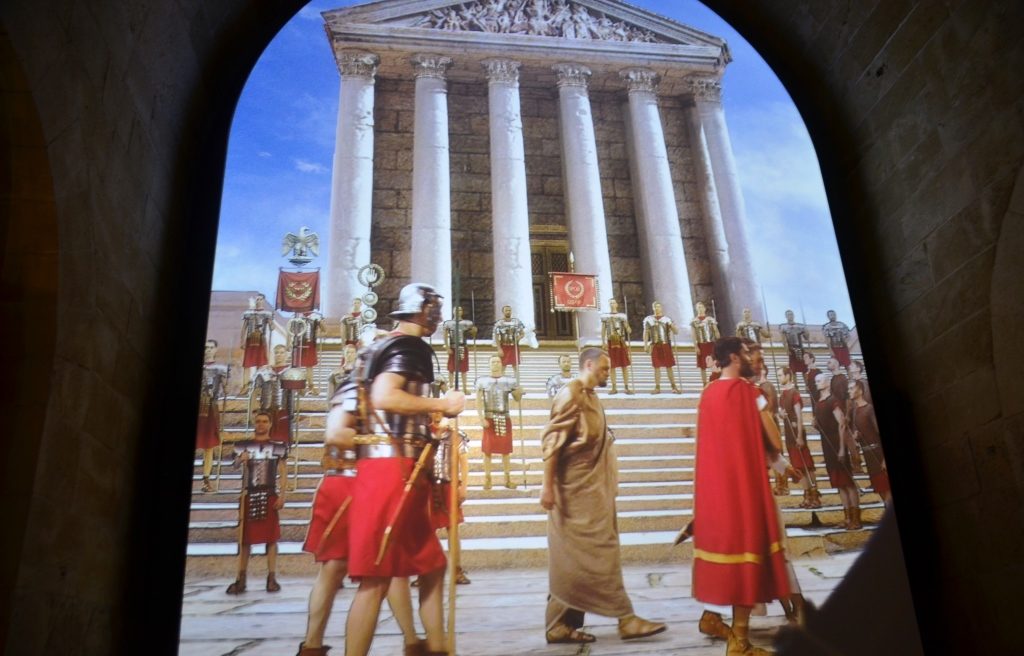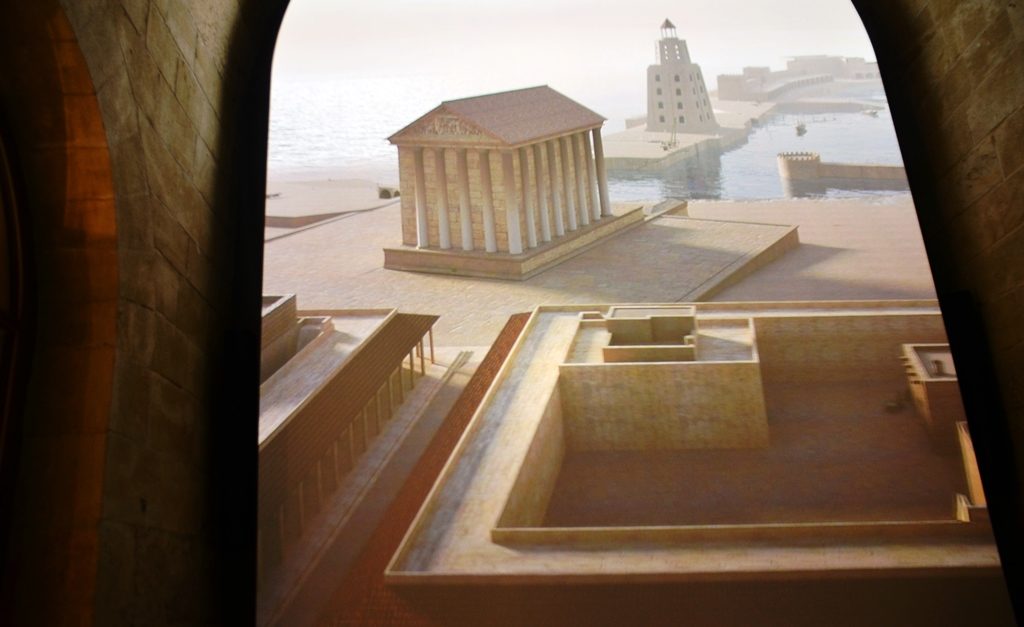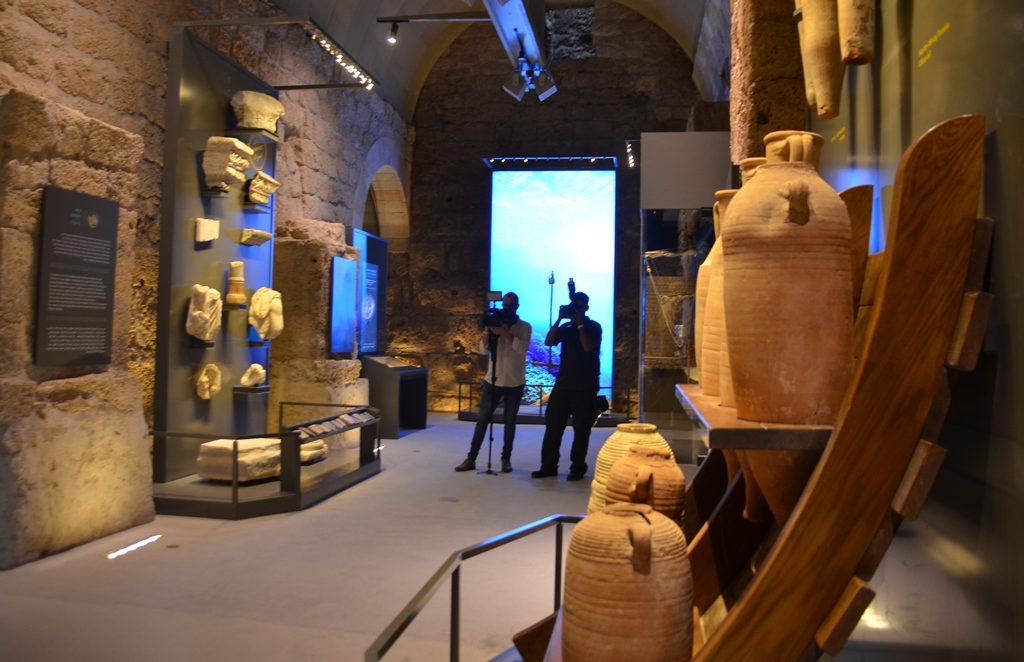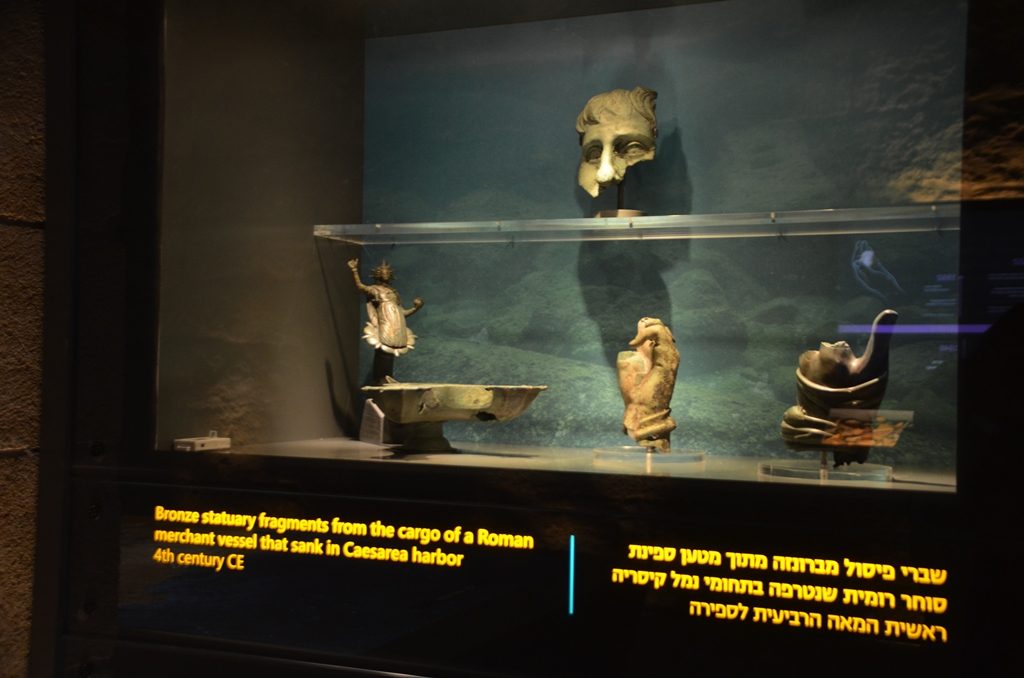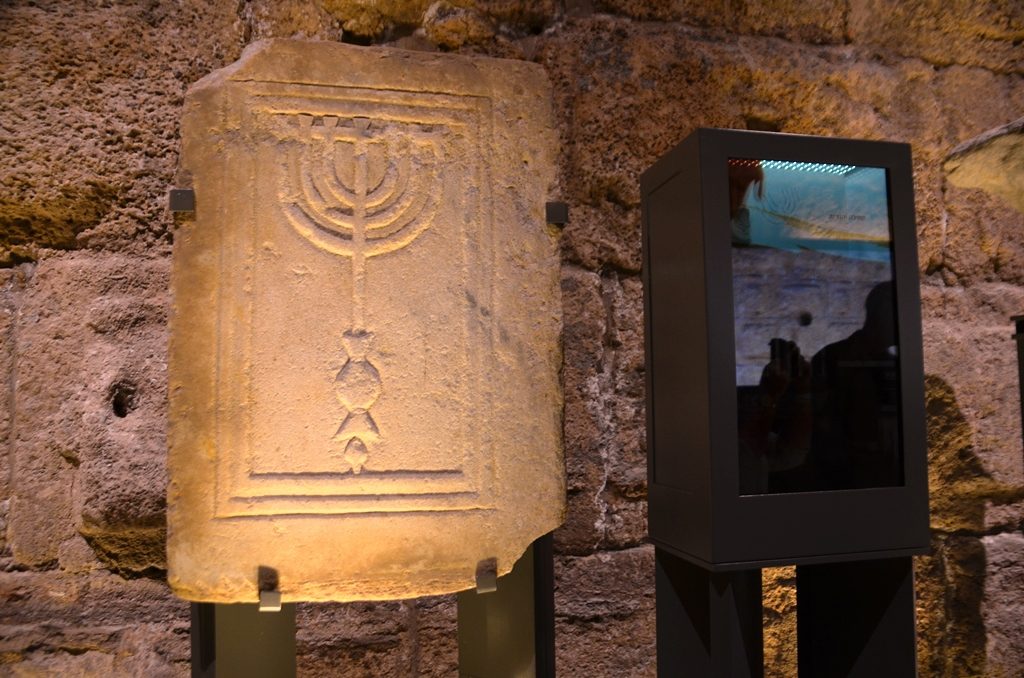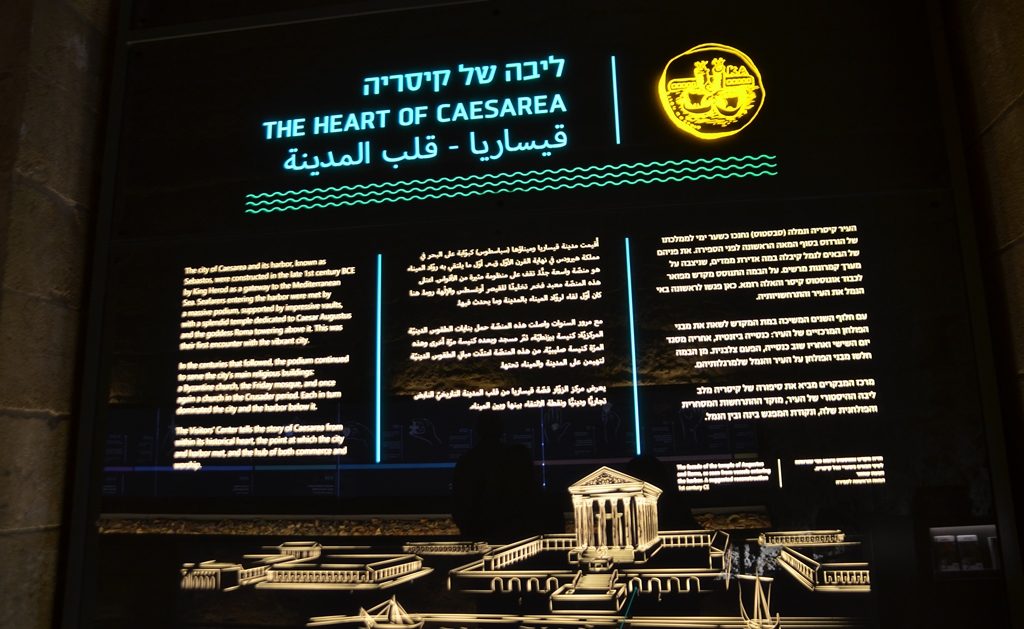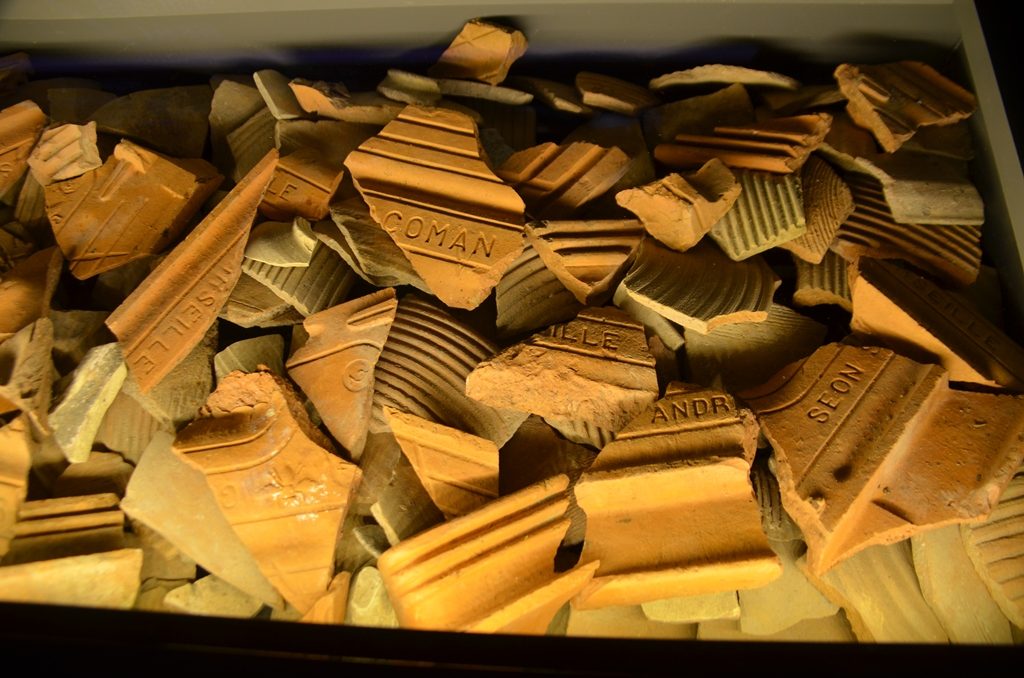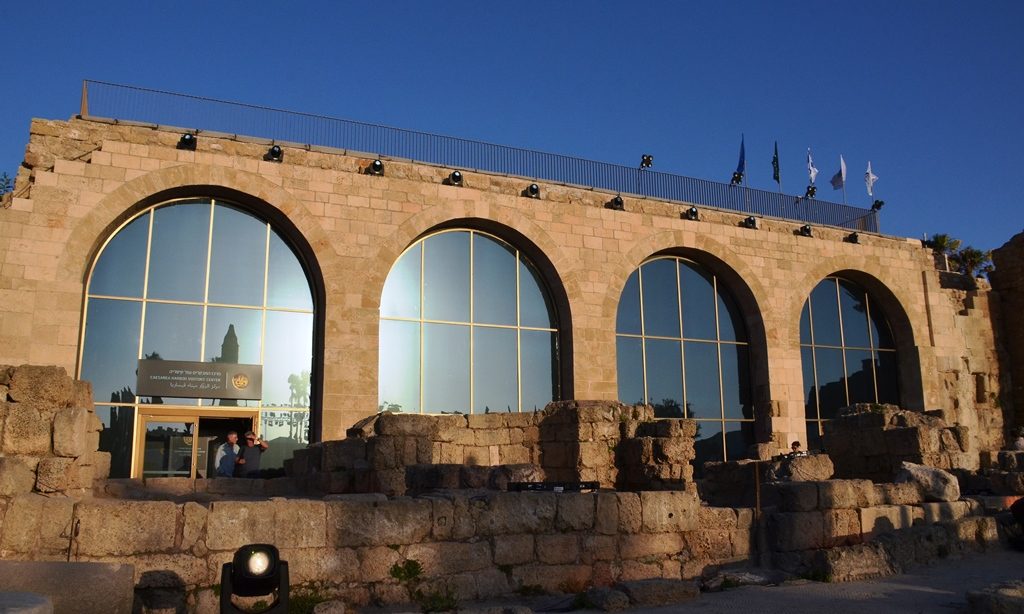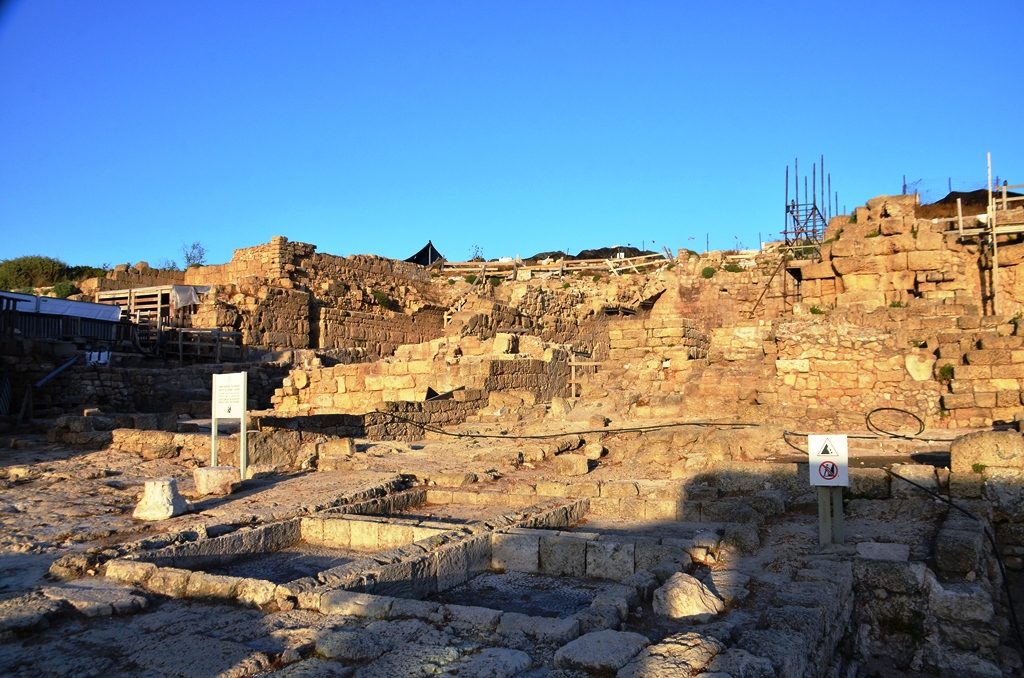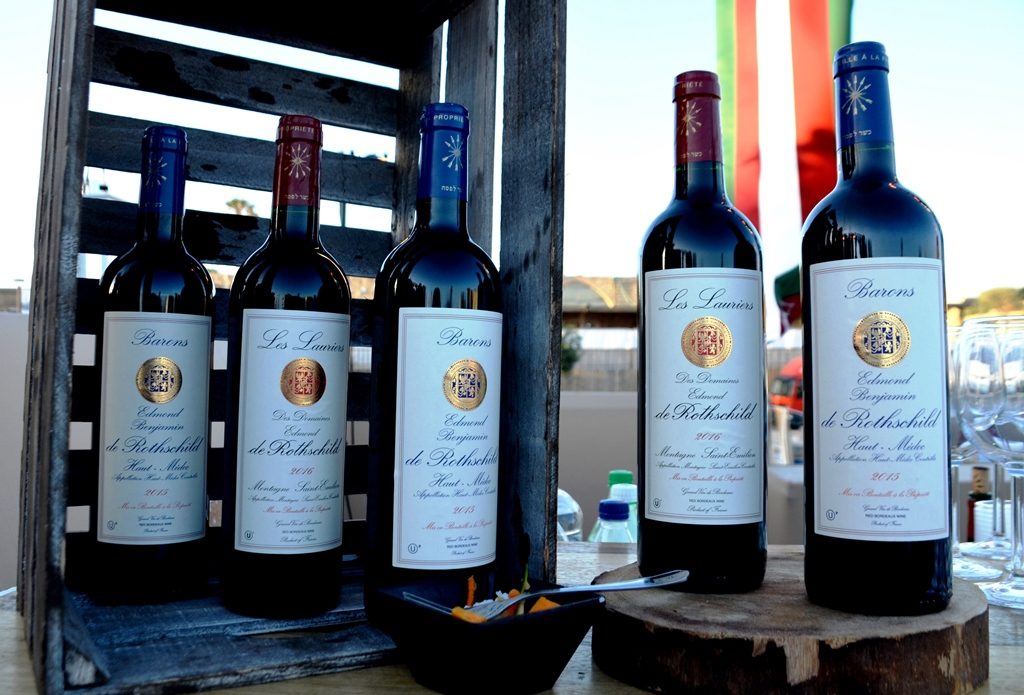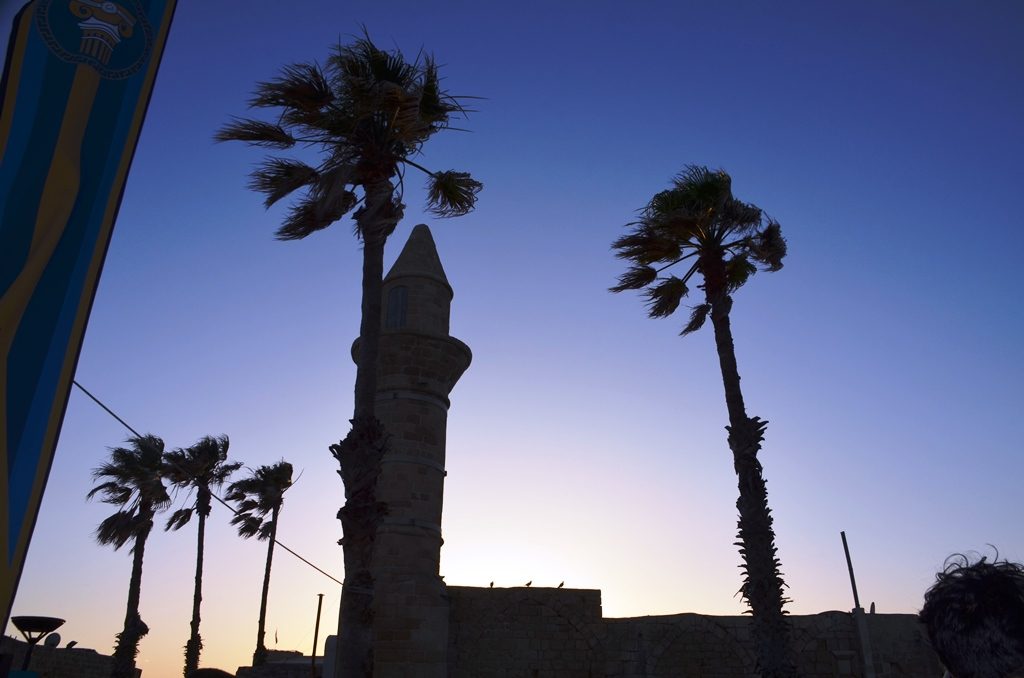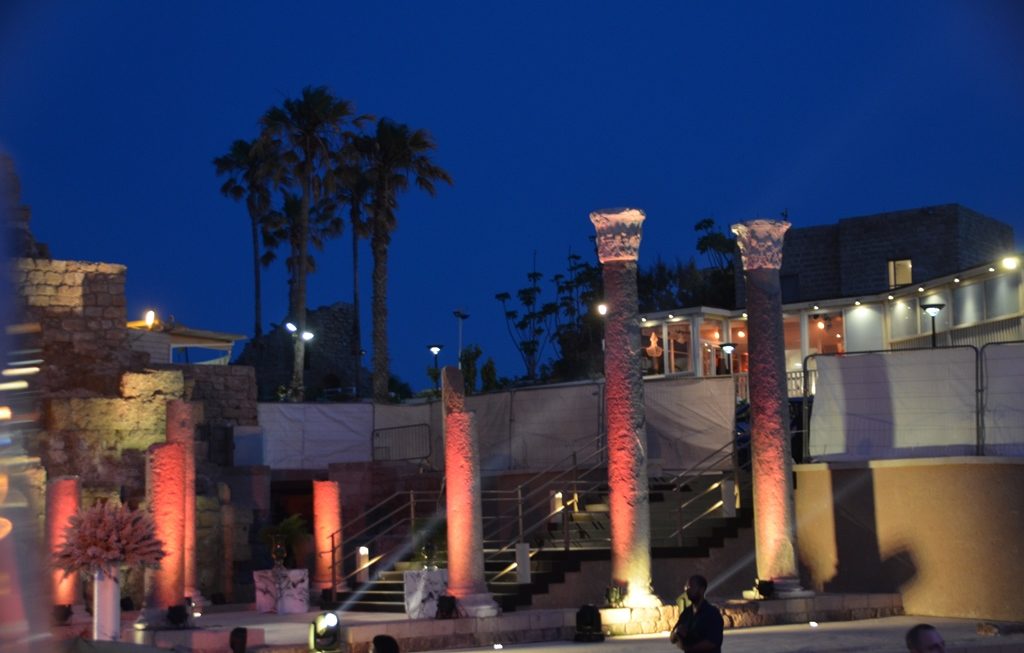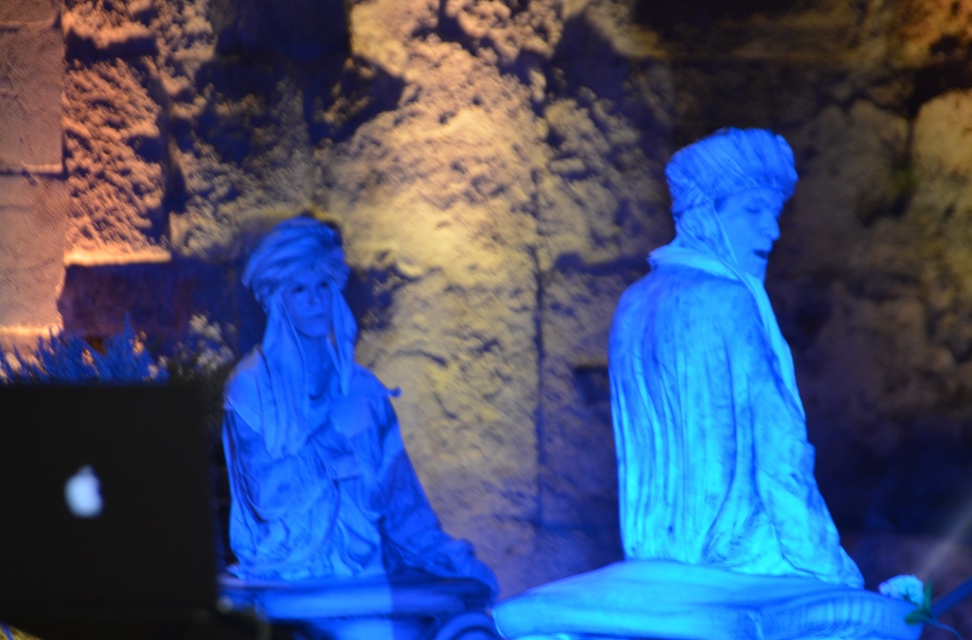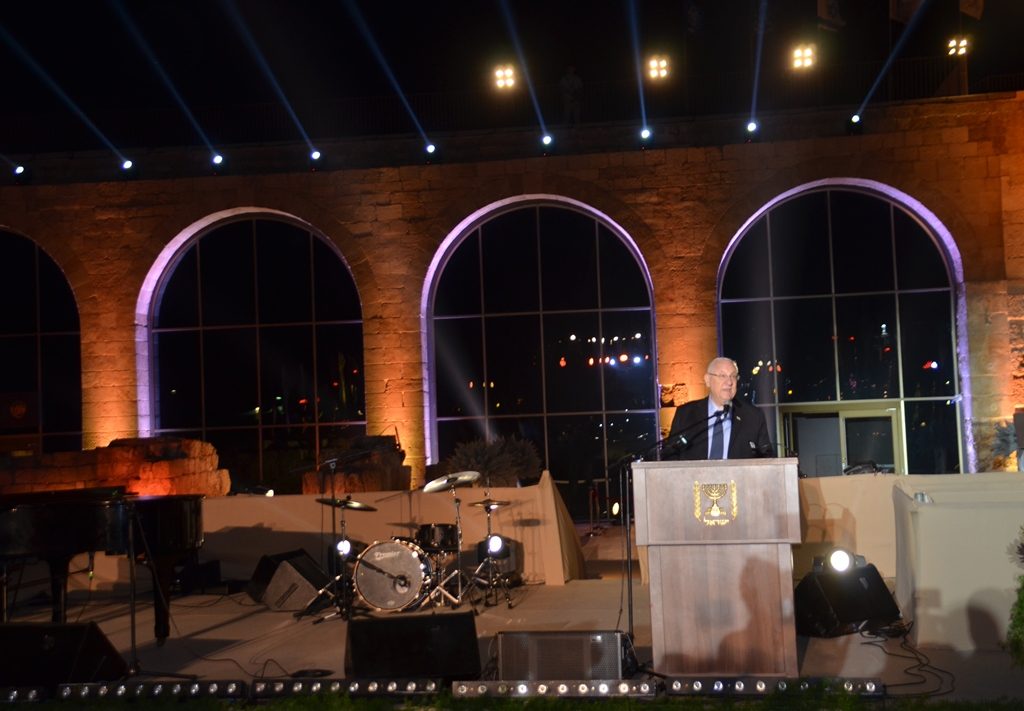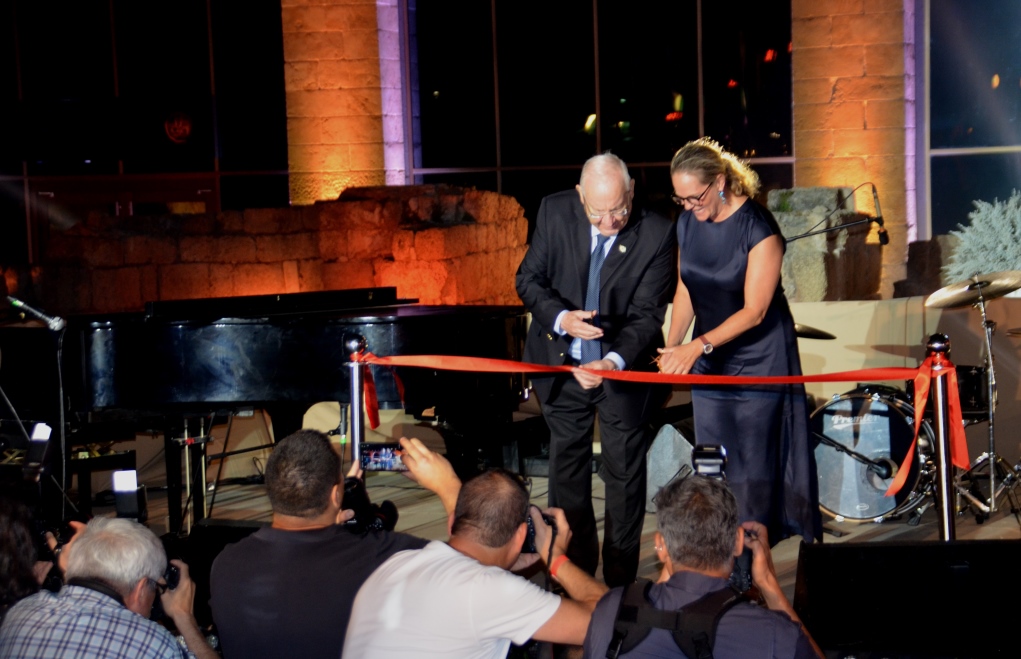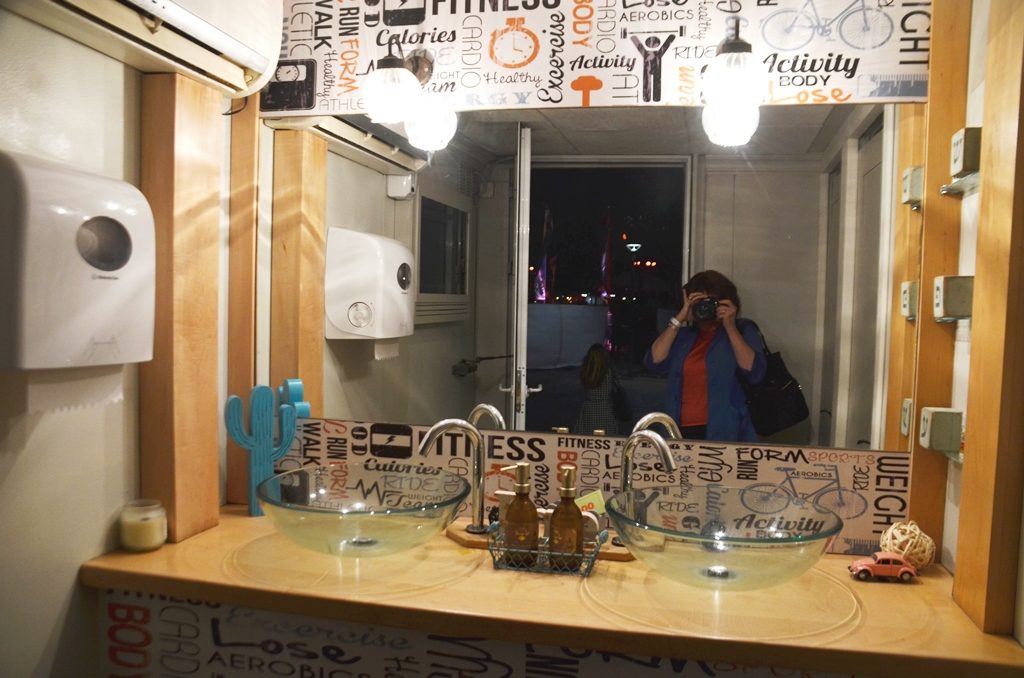I’ve repeated countless times that you never know what you will find on the Jerusalem streets,
The saying that you never know what you will find under the Jerusalem streets takes upon itself new meaning daily.
An archaeological dig at the prophet Samuel’s Tomb was halted recently when workers exposed a World War I artillery shell.
Emek Tzurim National Park is in the upper reaches of the Kidron Valley.
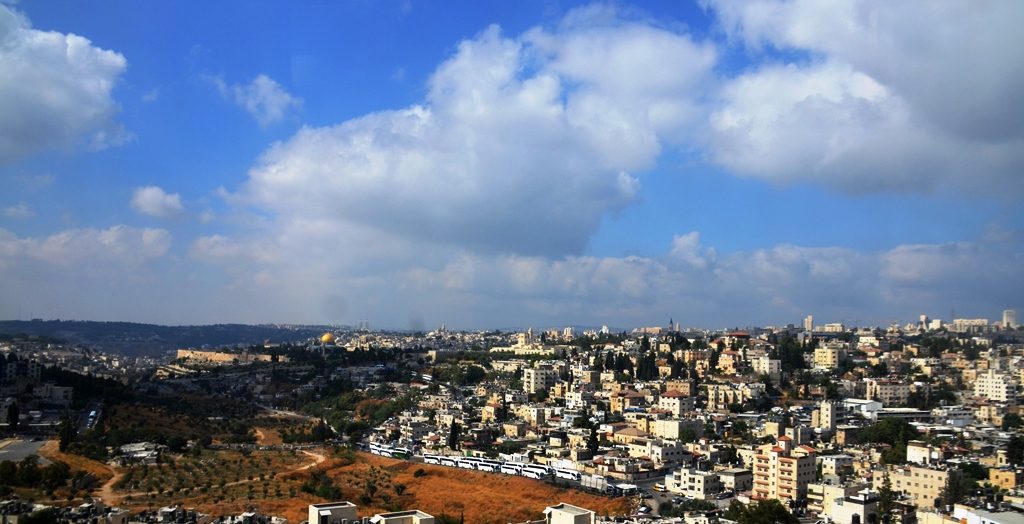
The park provides this impressive view of Jerusalem and it is the location of the Sifting Project.
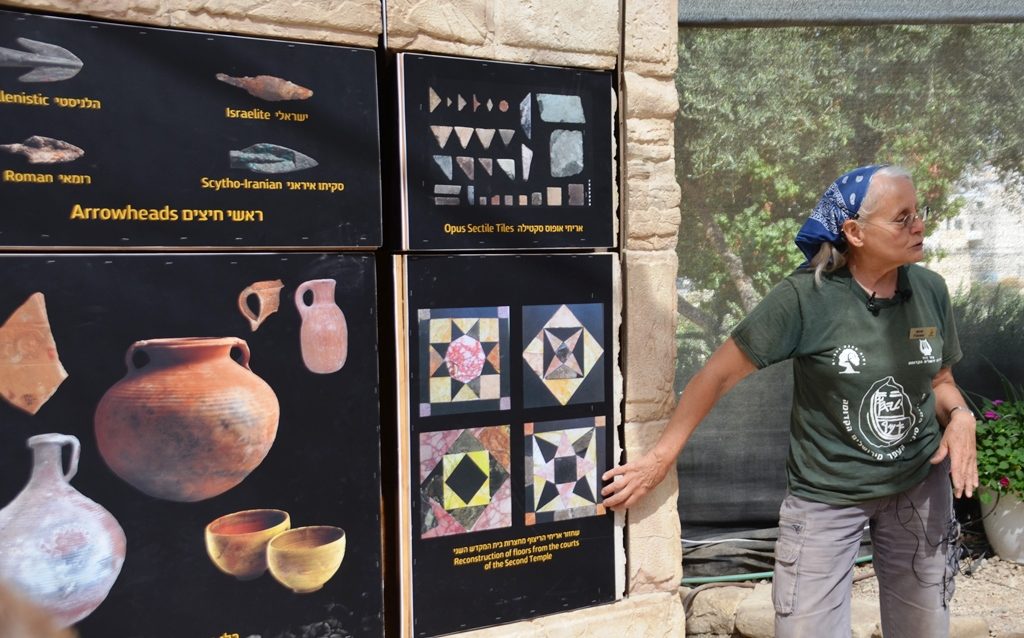
The Sifting Project, in the Zurim Valley, has a display of finds from the Second Temple period salvaged from the earth that was dumped by the Waqf.
In November 1999, Waqf carted away nine thousand tons of earth filled with centuries of history buried in it, to make an entrance to a new underground mosque for 10,000 Muslim worshipers.
I wrote about Dr. Gabi Barkai and this story four years ago.
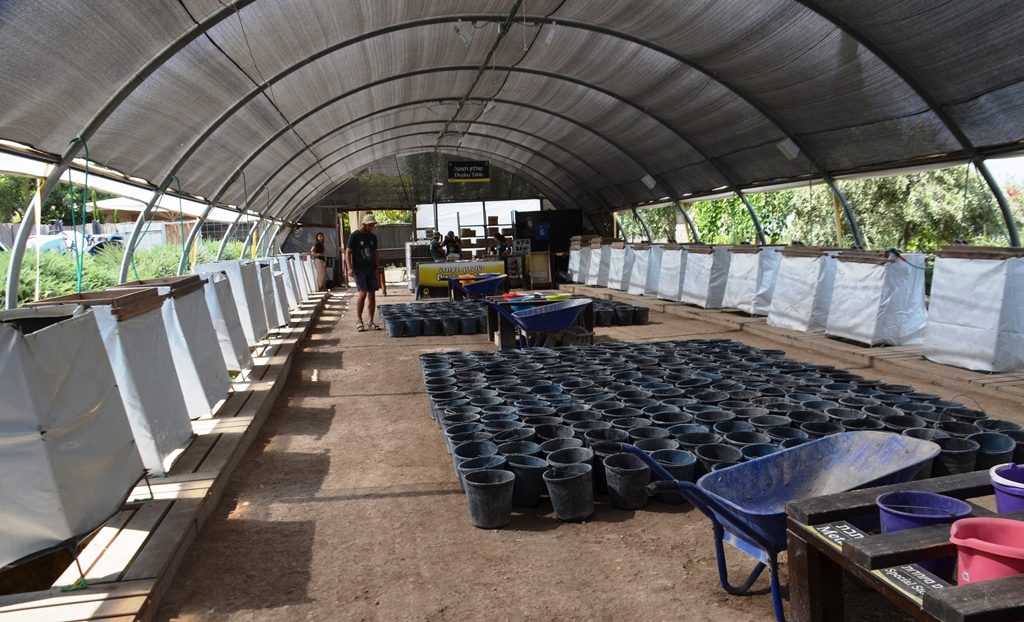
The revised Sifting Project is open to the public and ready for new amateur archaeologists.
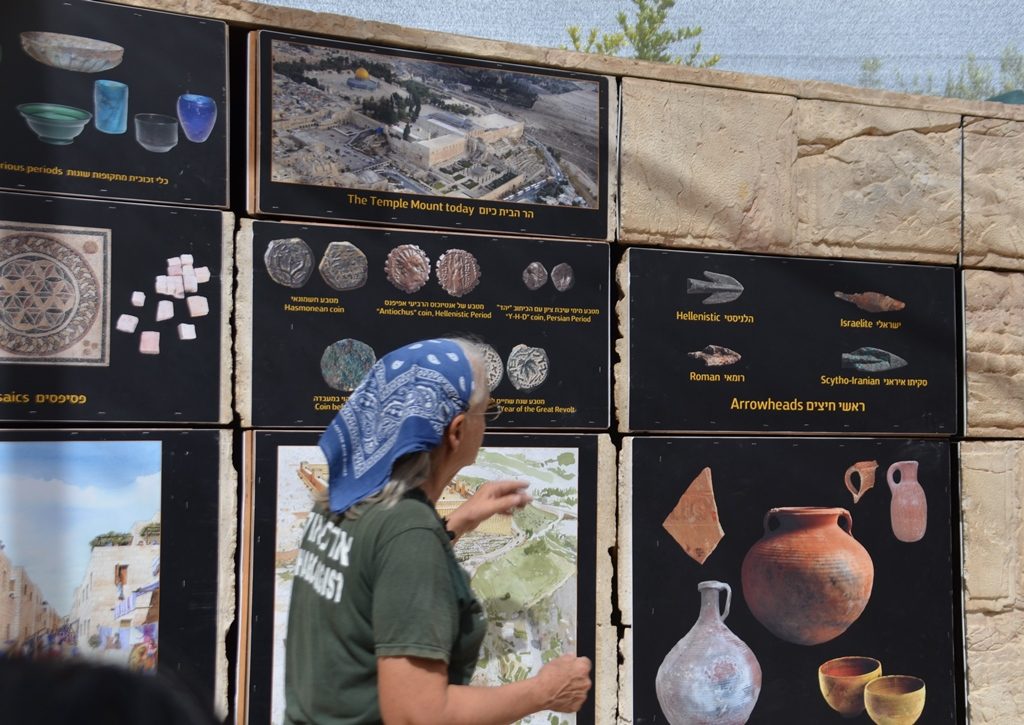
The soil being checked currently is from the Pilgrims Road and Drainage Channel digs near the Jerusalem Old City Walls.
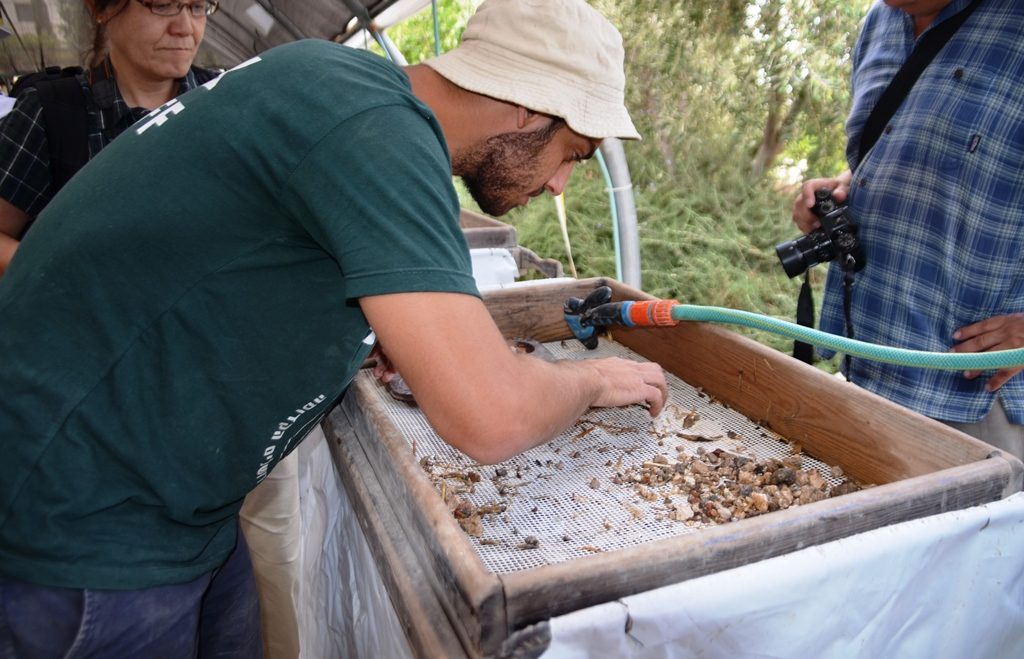
Each portion of the earth is carefully washed and searched.
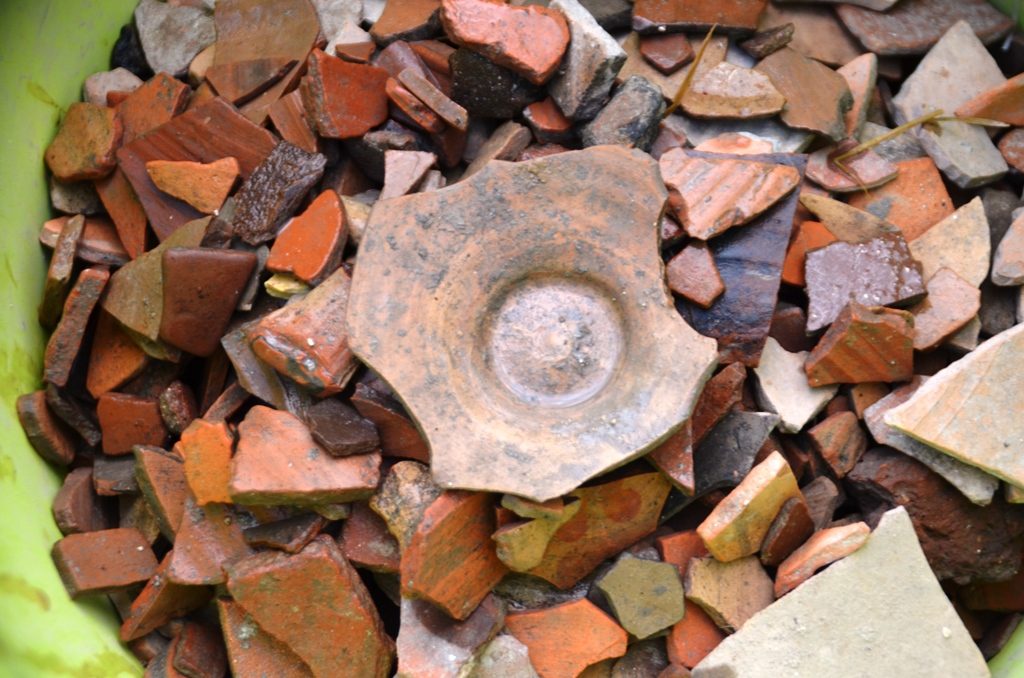
No gold bell or ancient coins, but we did find this piece of pottery in our bucket of dirt and rocks.
Our guide gave a demonstration. The staff is around to assist and supervise.
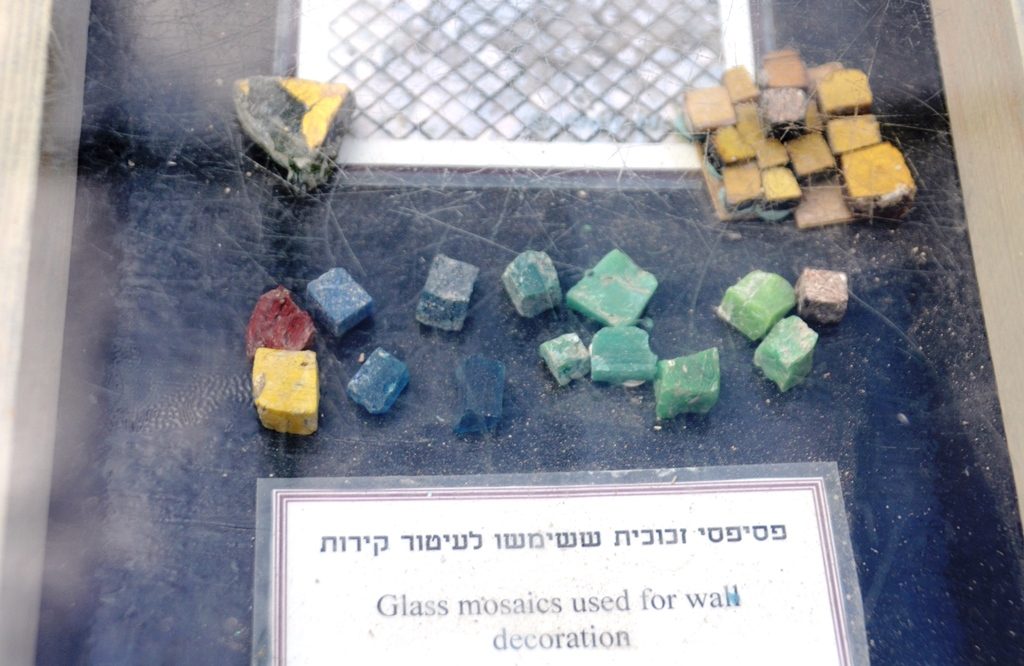
In this display case were colorful pieces from ancient wall mosaics.
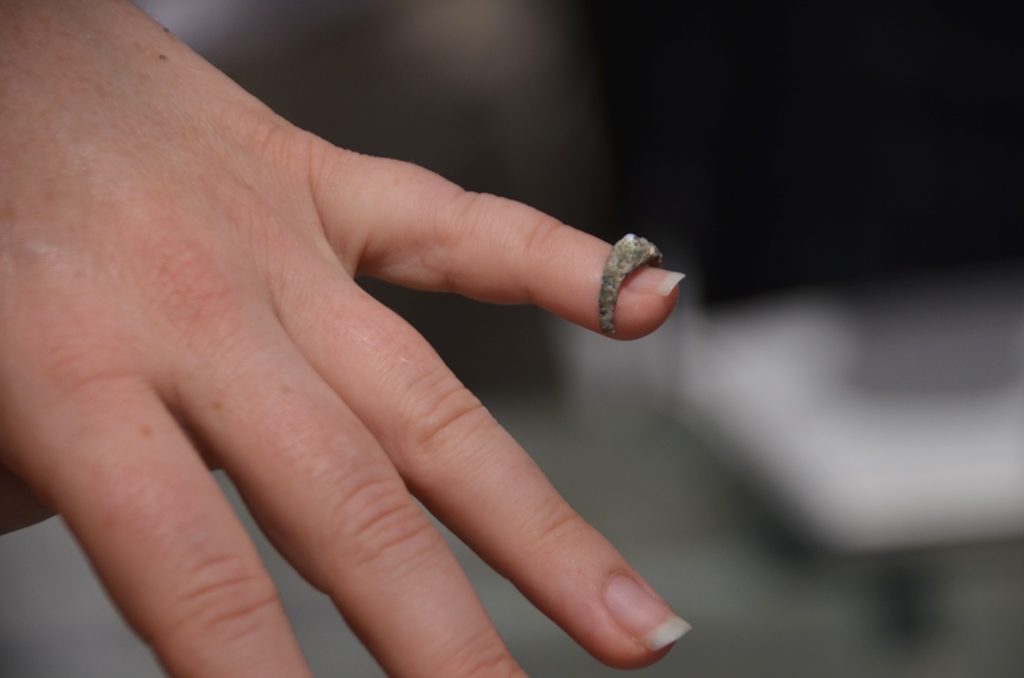
This child’s ring may have fallen in the street and ended up in the drainage channel 2000 years ago. It was found recently.
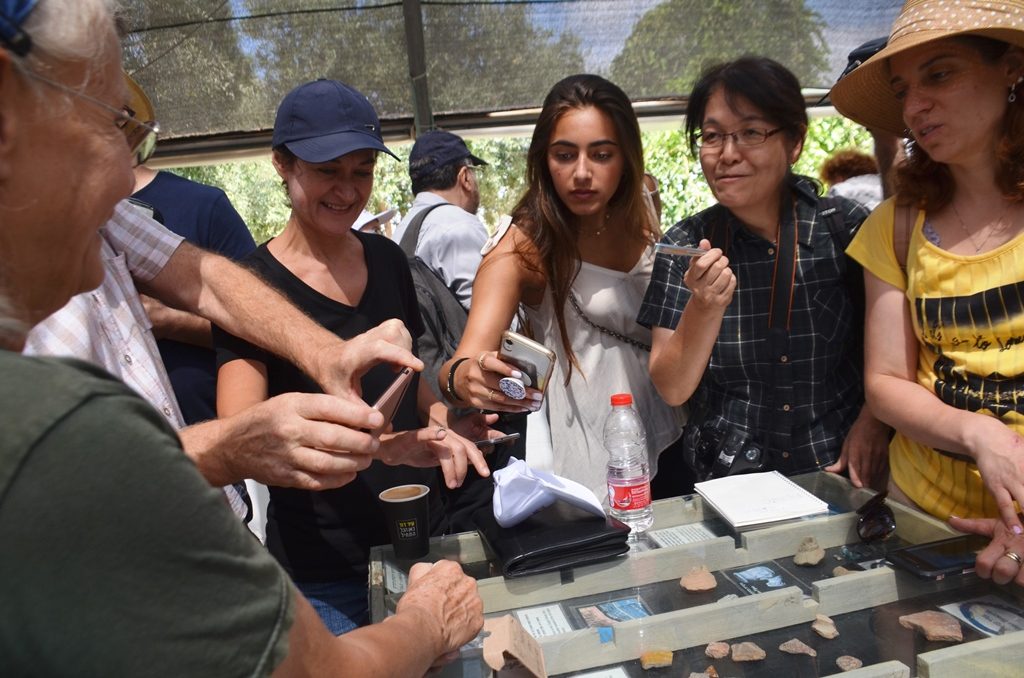
The tiny ring was a popular item to photograph.
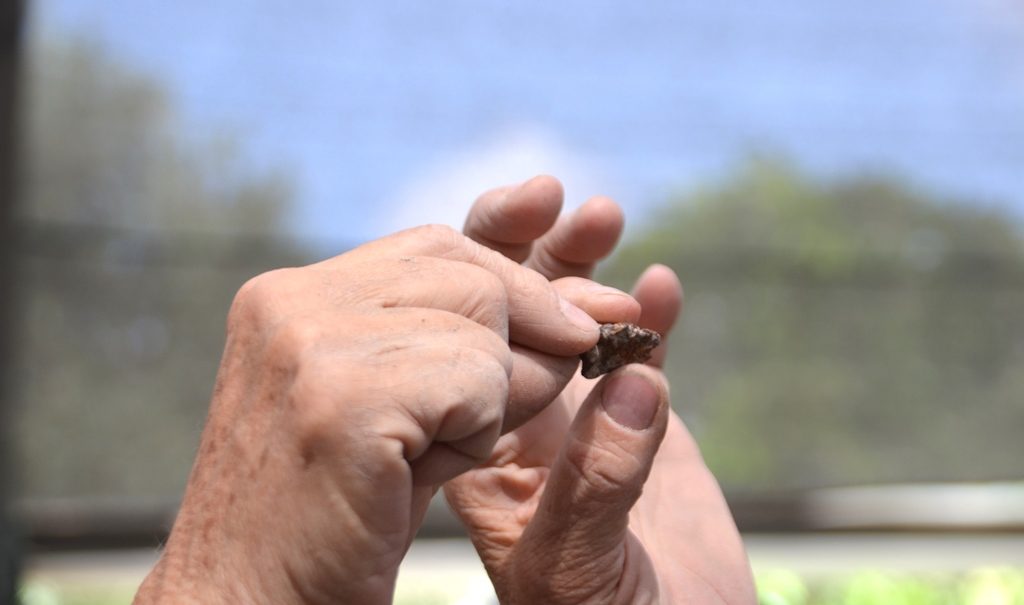
Also in the soil from outside the walls of Jerusalem was a metal tip from a Roman arrow.
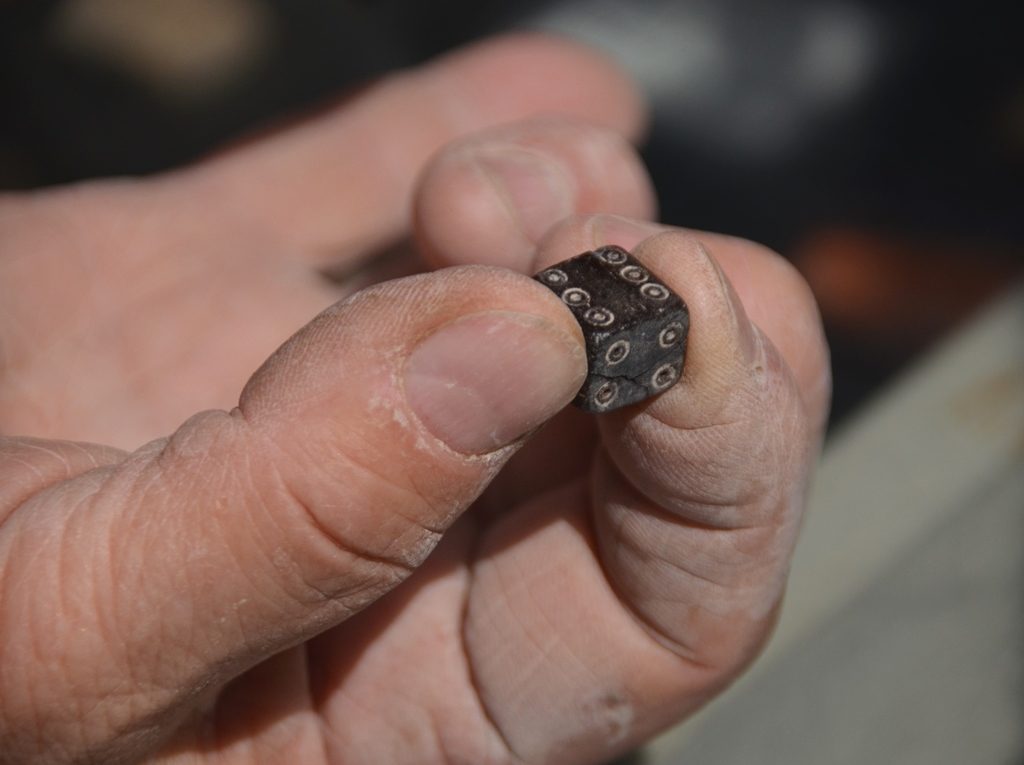
Did you know the Romans had dice similar to those we use today?
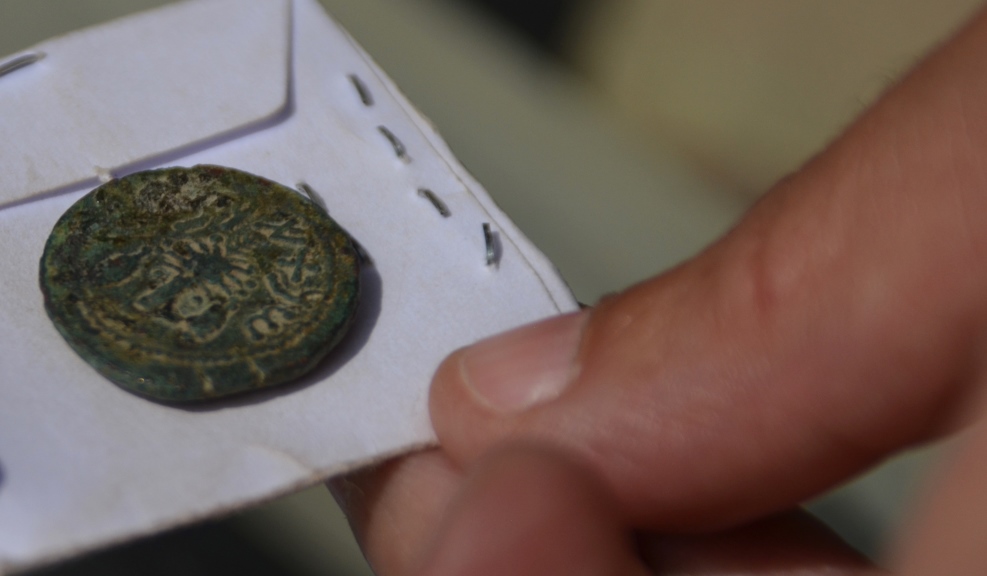
One of the valuable coins from the Roman period, proclaiming the independence of Jerusalem.
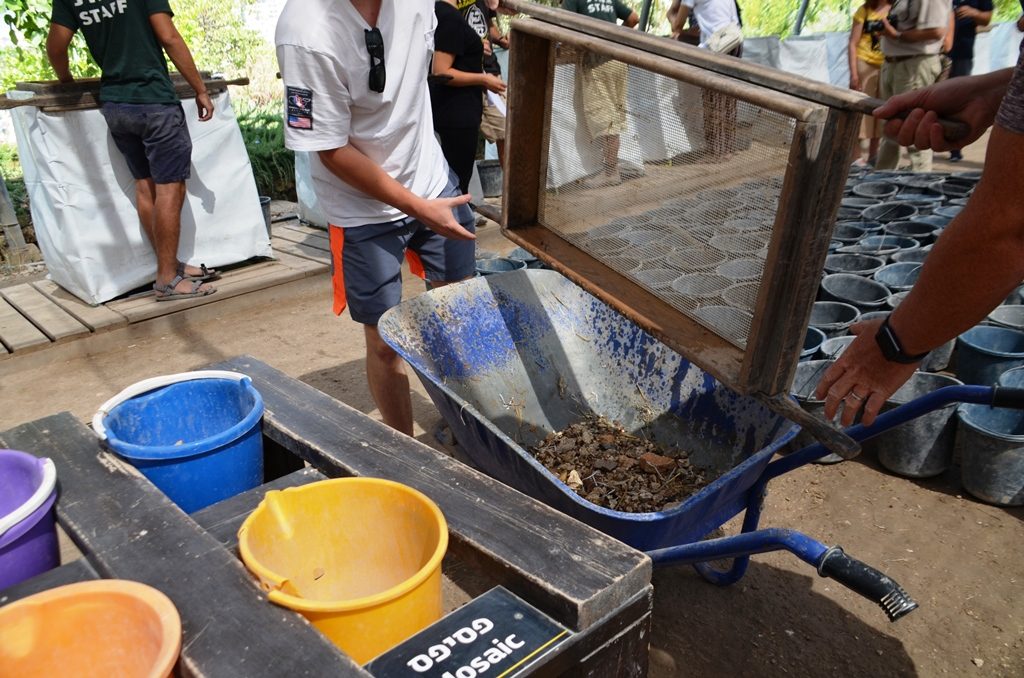
After searching and sorting out valuables, the dirt is dumped and carted away.
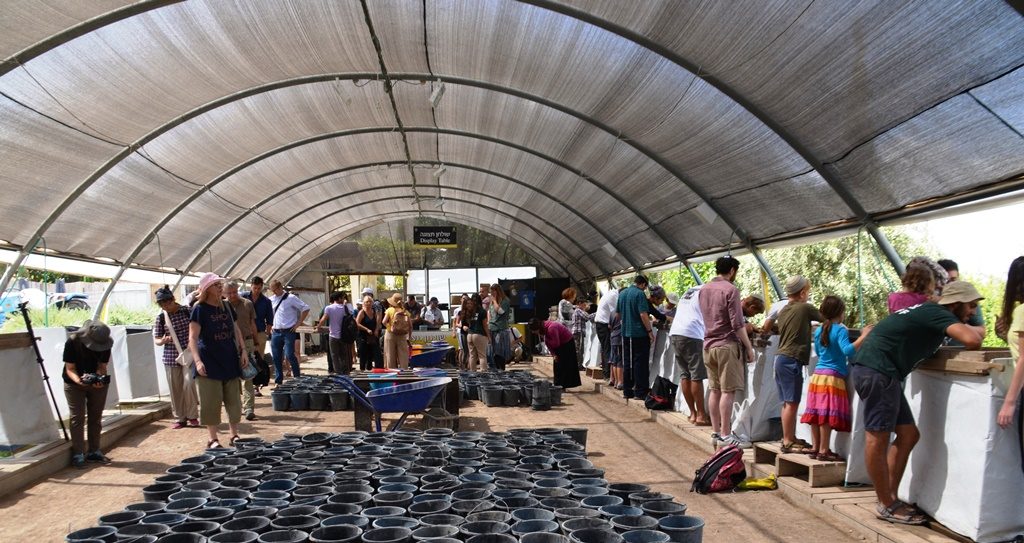
As we were leaving families arrived at the Sifting Project. All seemed engaged and eager to see what valuables they could find in their pail of earth.
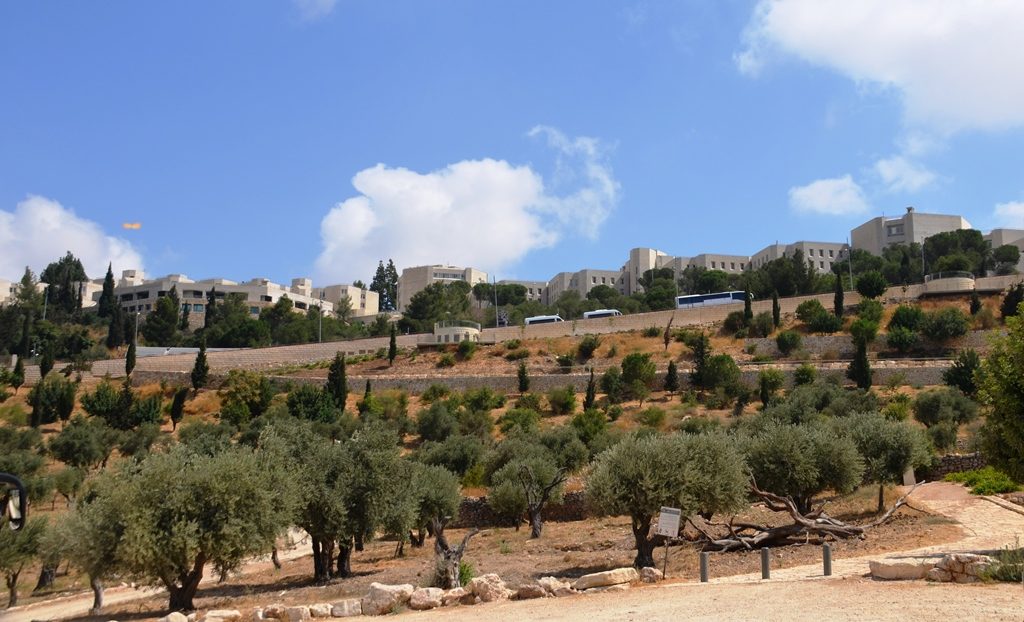
Emek Tzurim National Park is located on the lower western slope of the Mount of Olives and Mount Scopus.
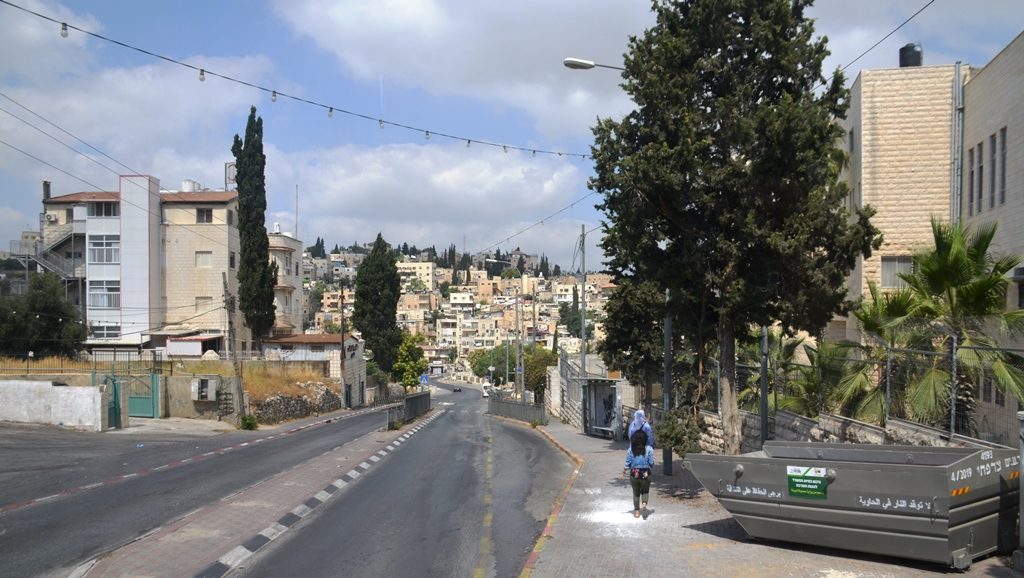
It is situated next to the neighborhoods of Wadi al-Joz, A-Tur, and Beit Orot,
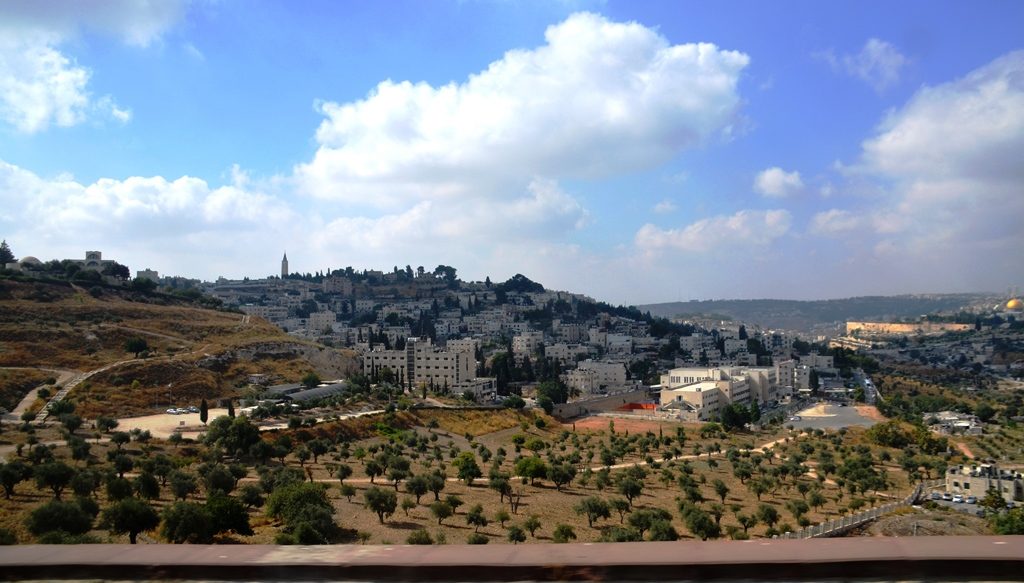
as well as the campus of Brigham Young University Jerusalem Center.
The Sifting Project parking lot is the cleared spot on the left of this image.
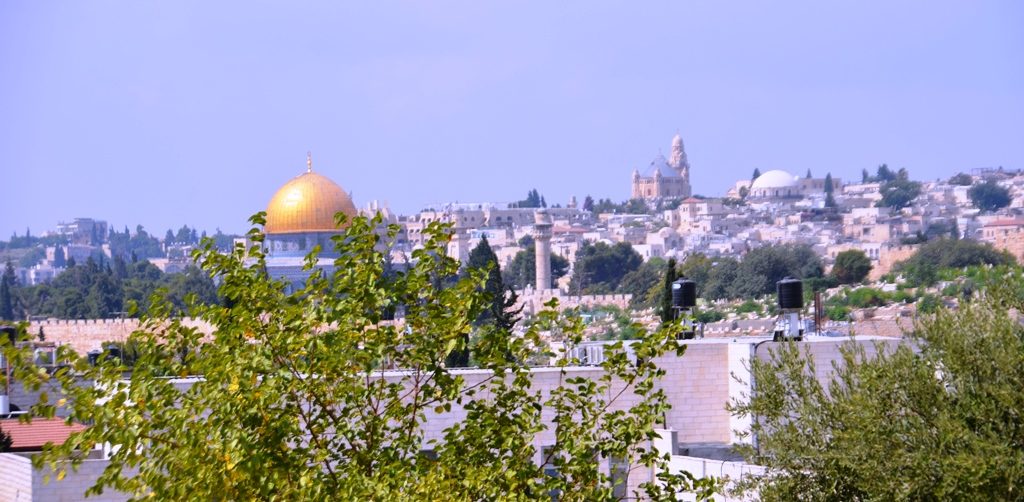
With Jerusalem’s Old City insight, the remains of generations are being revealed.
